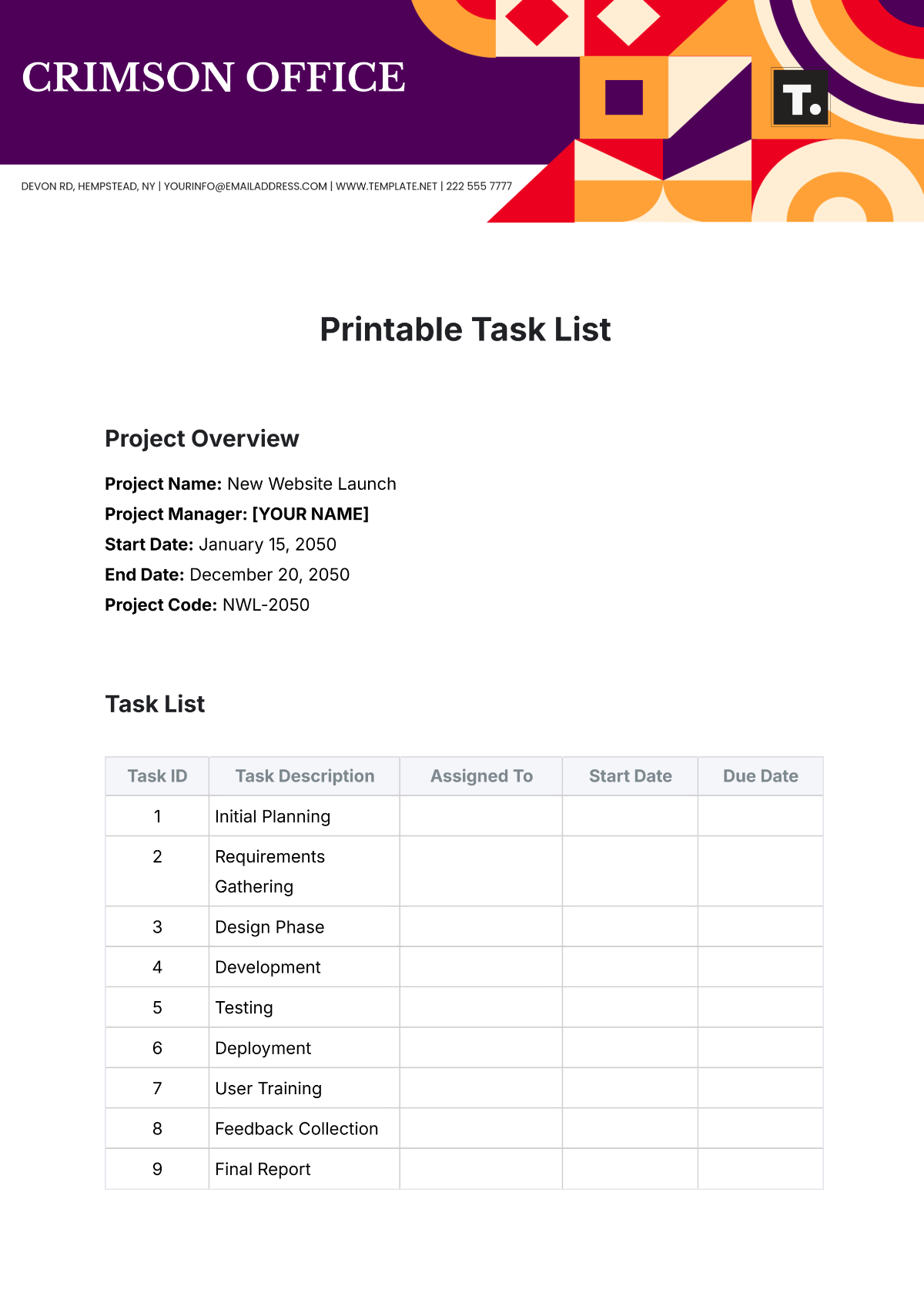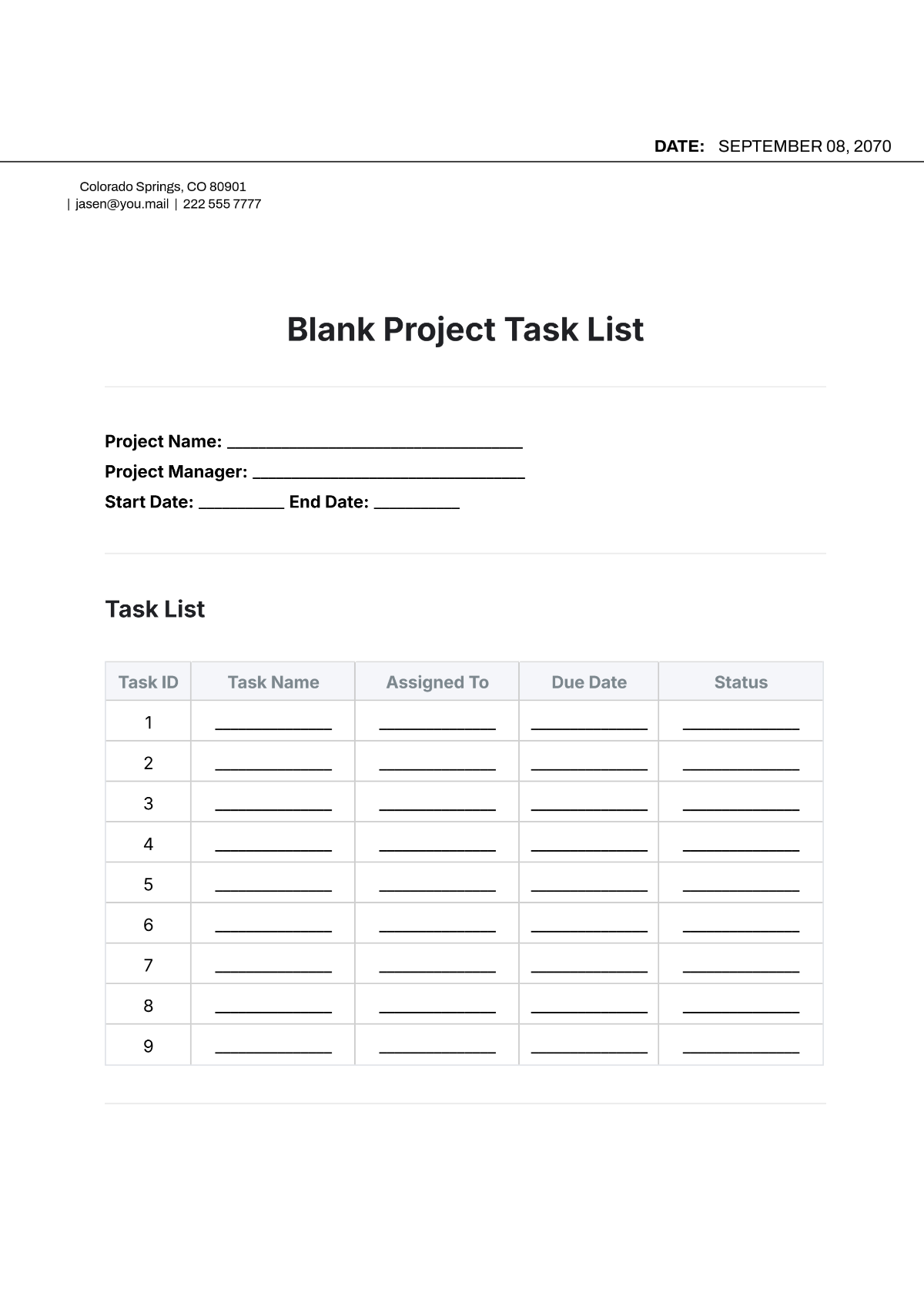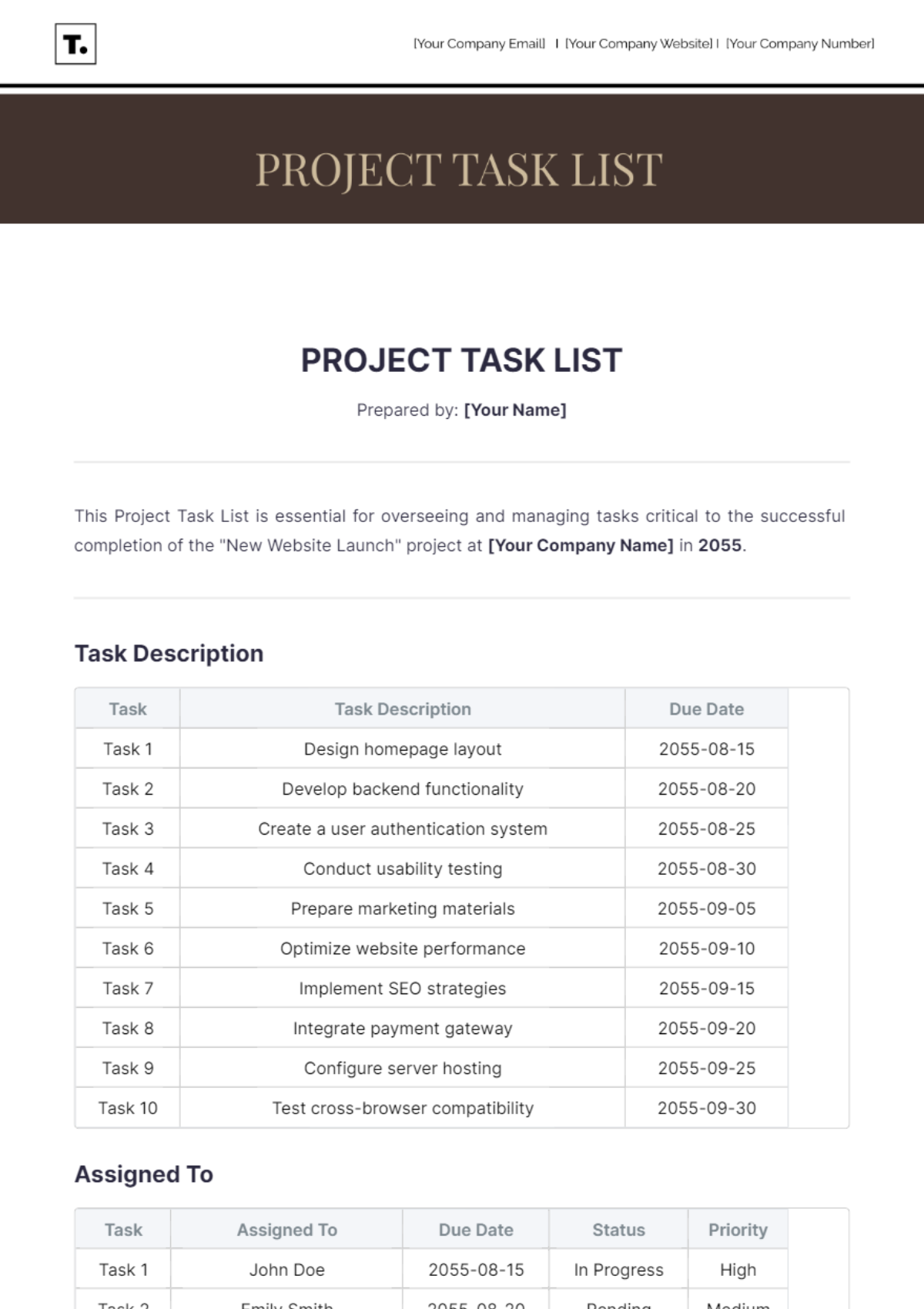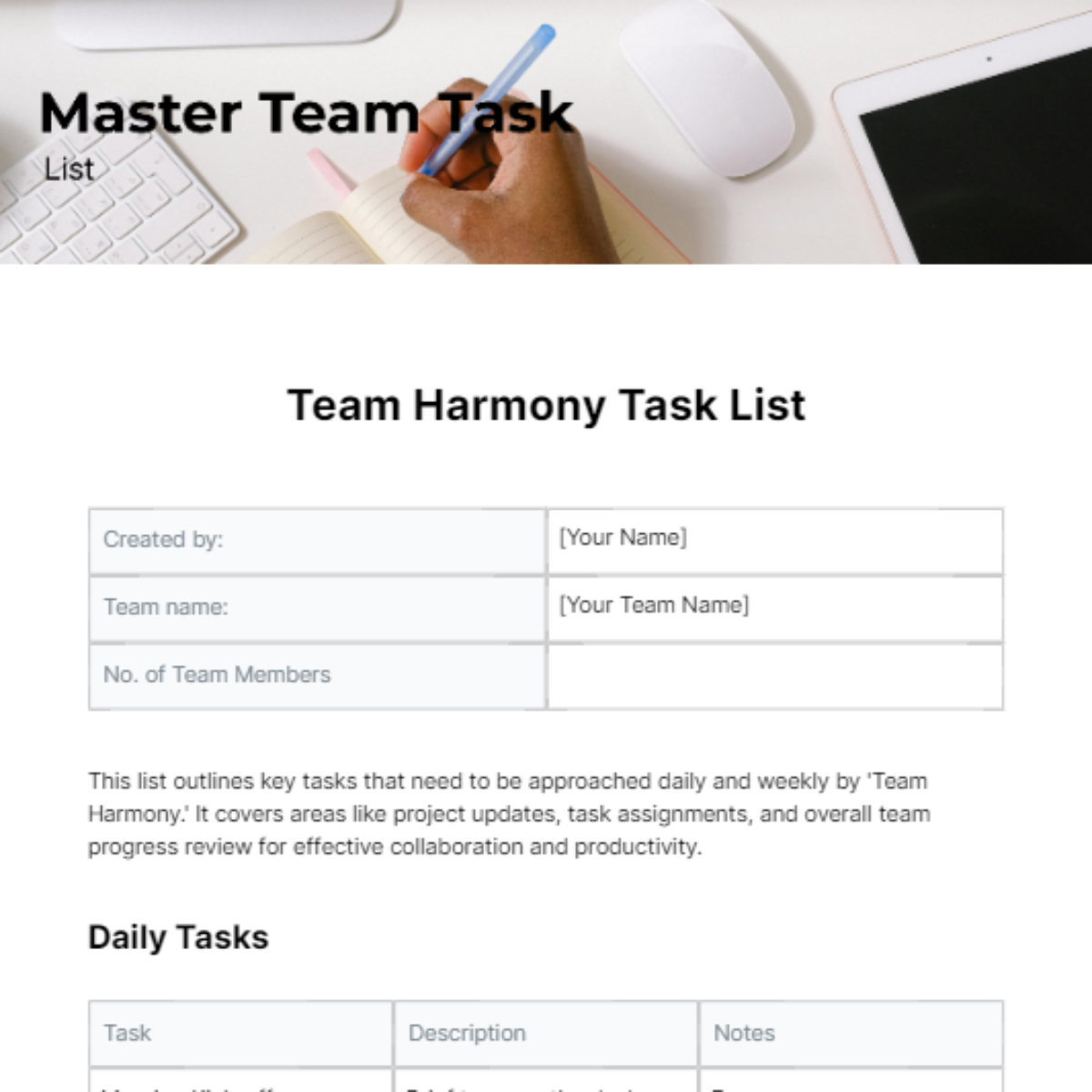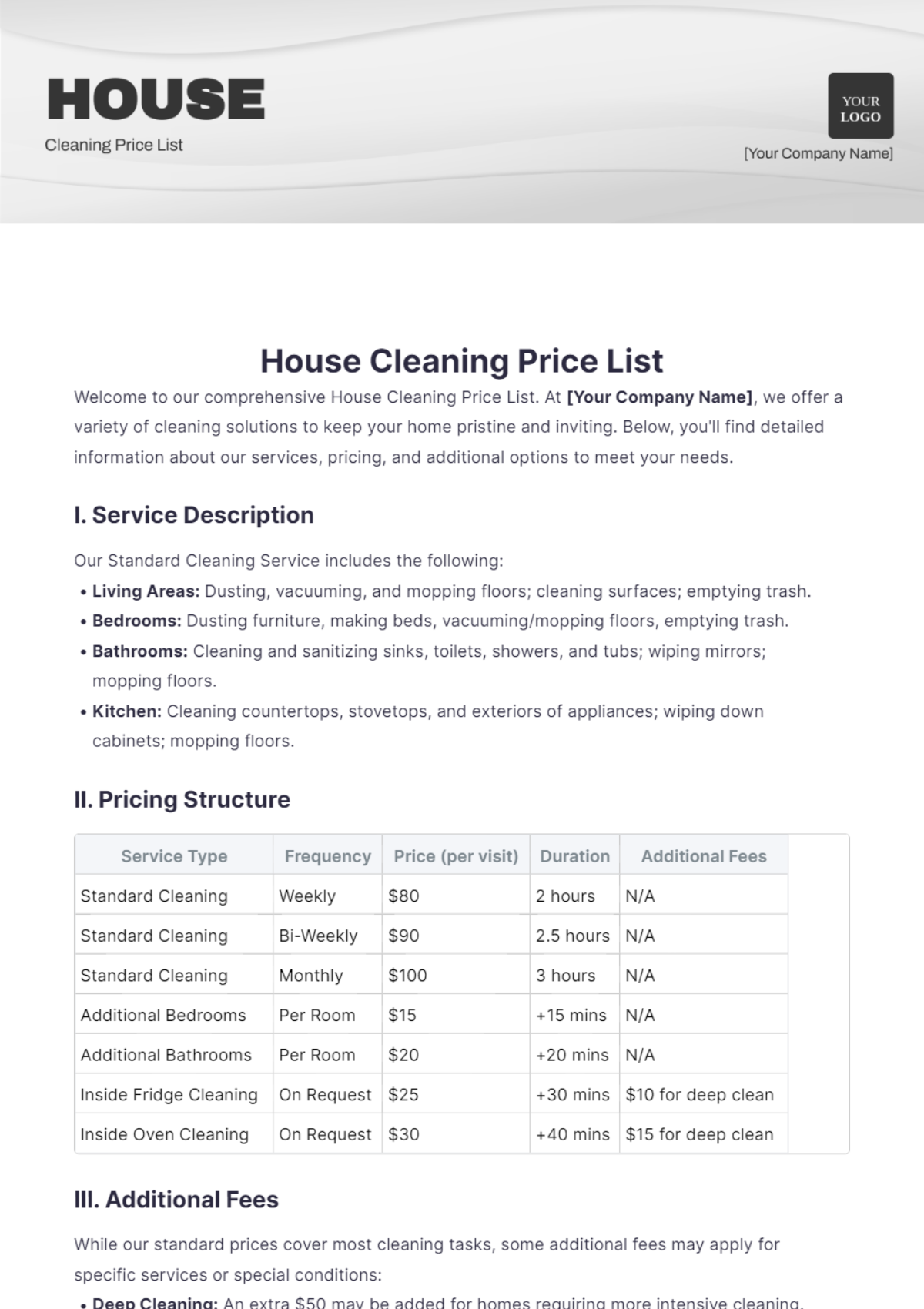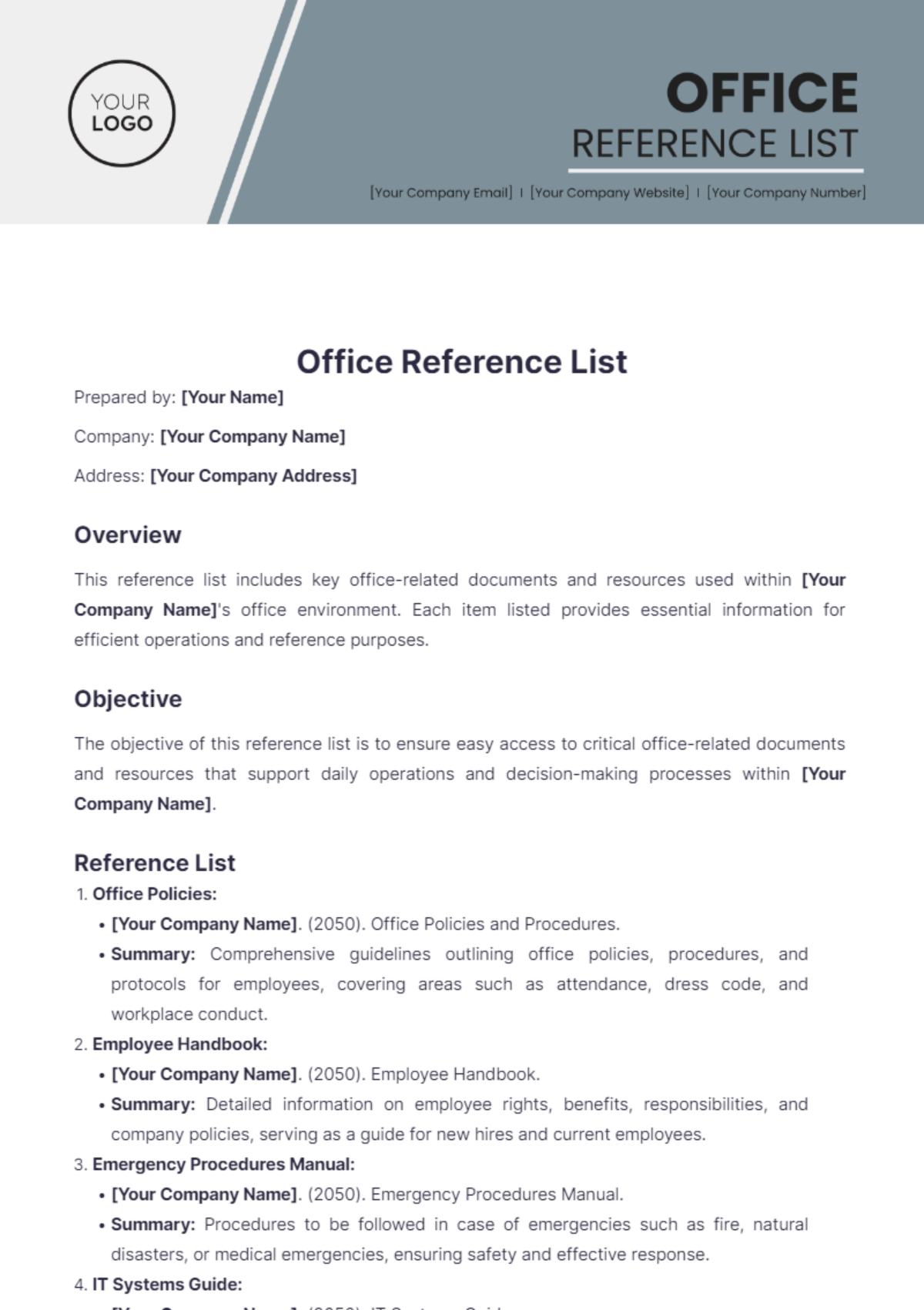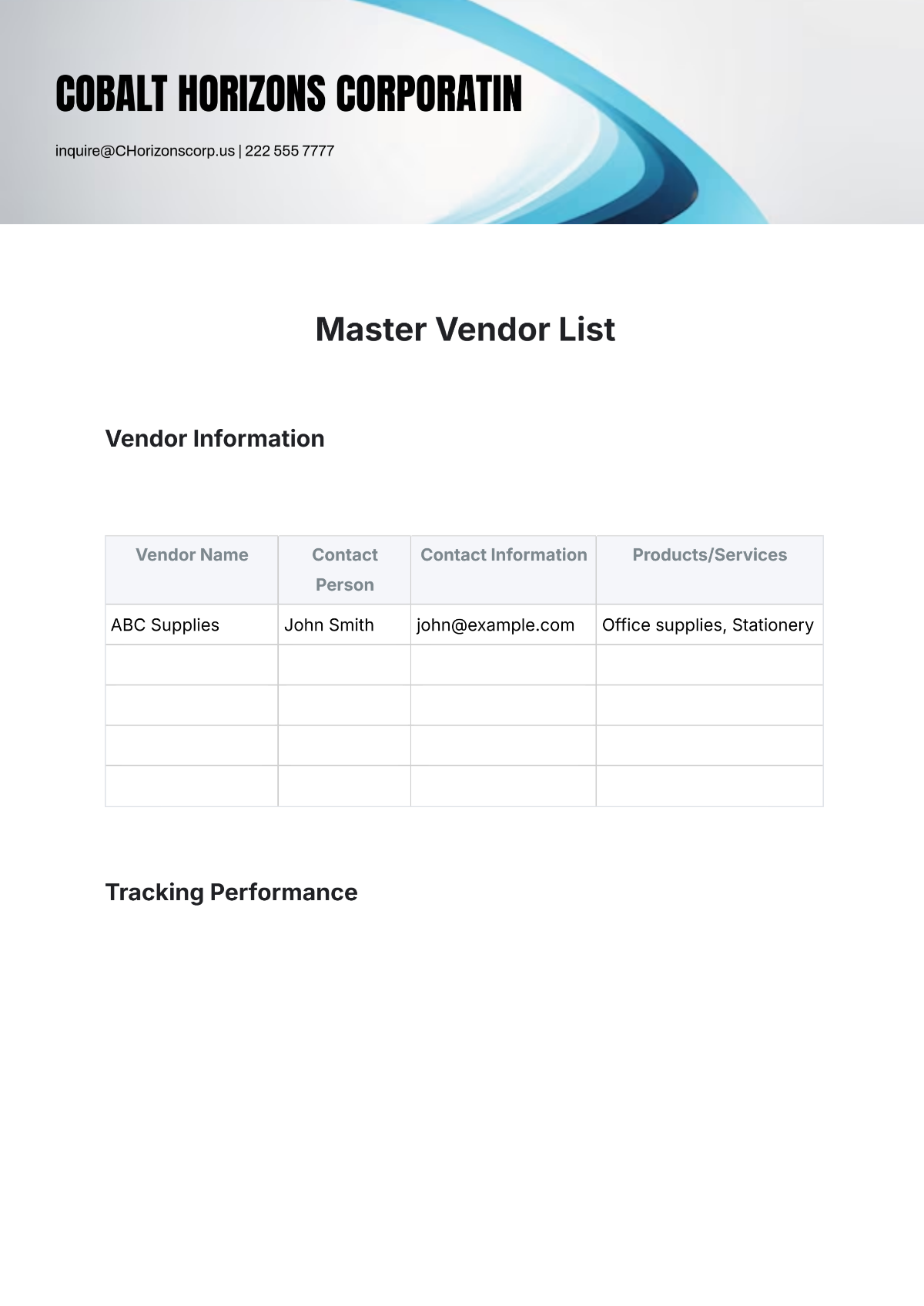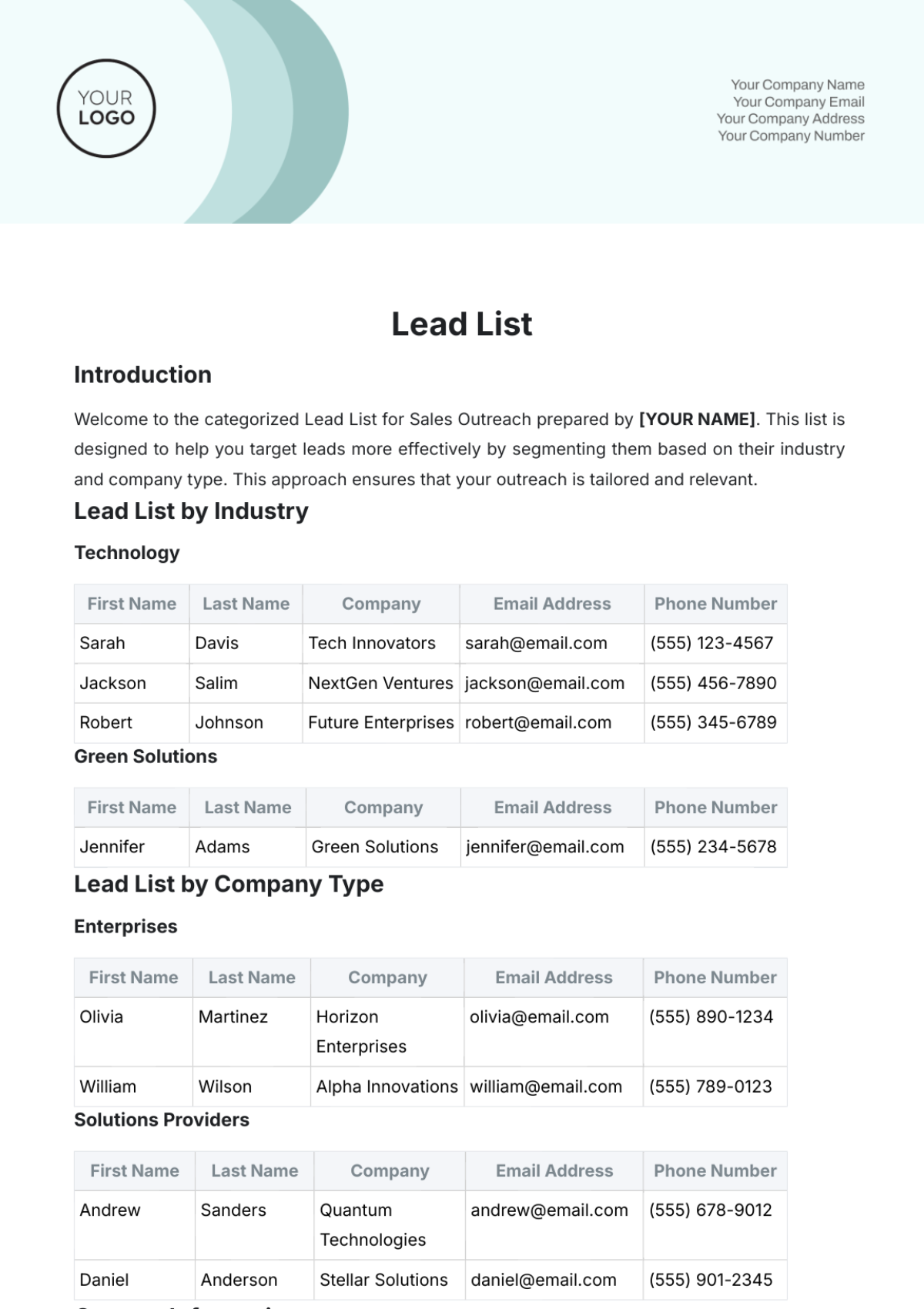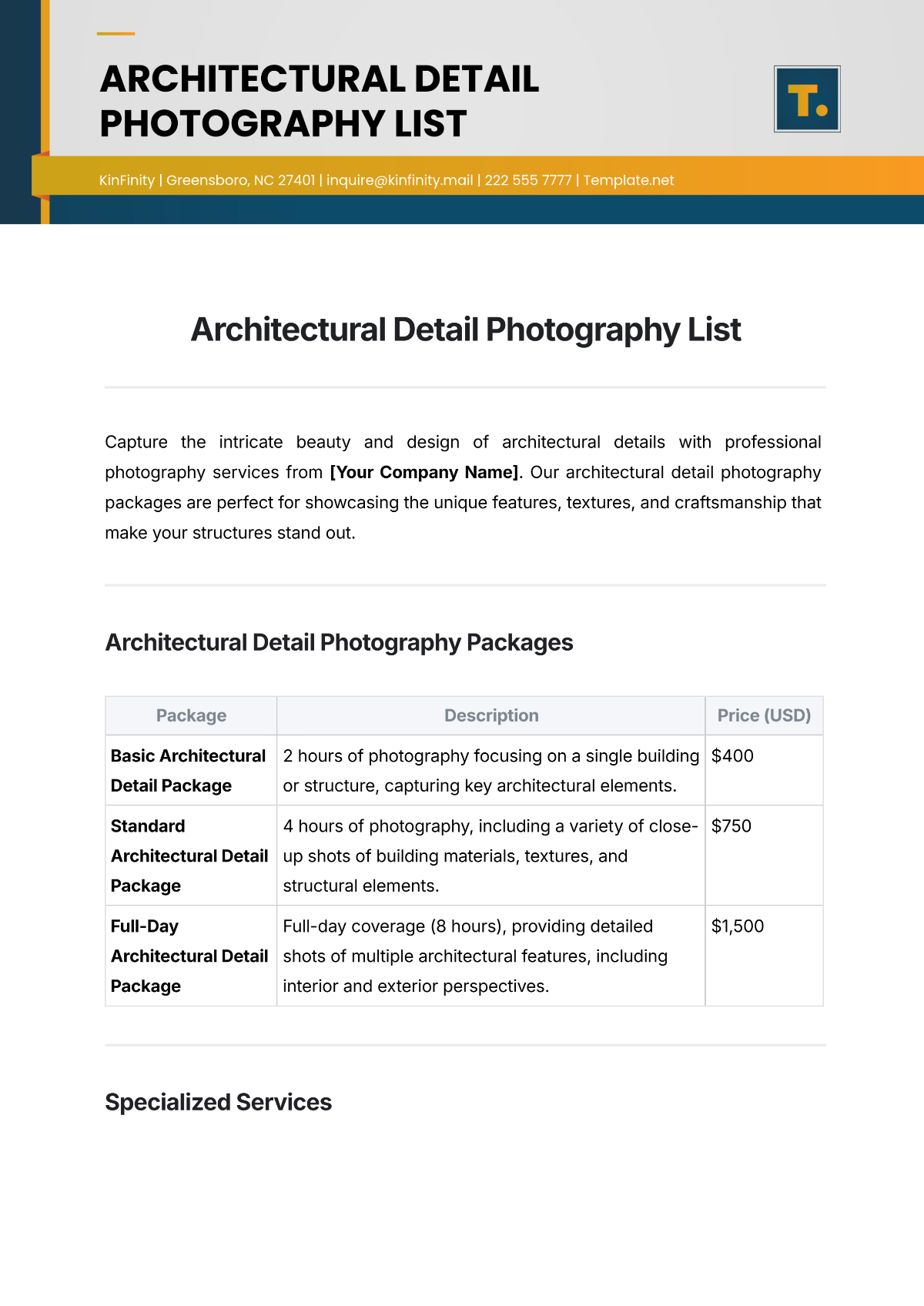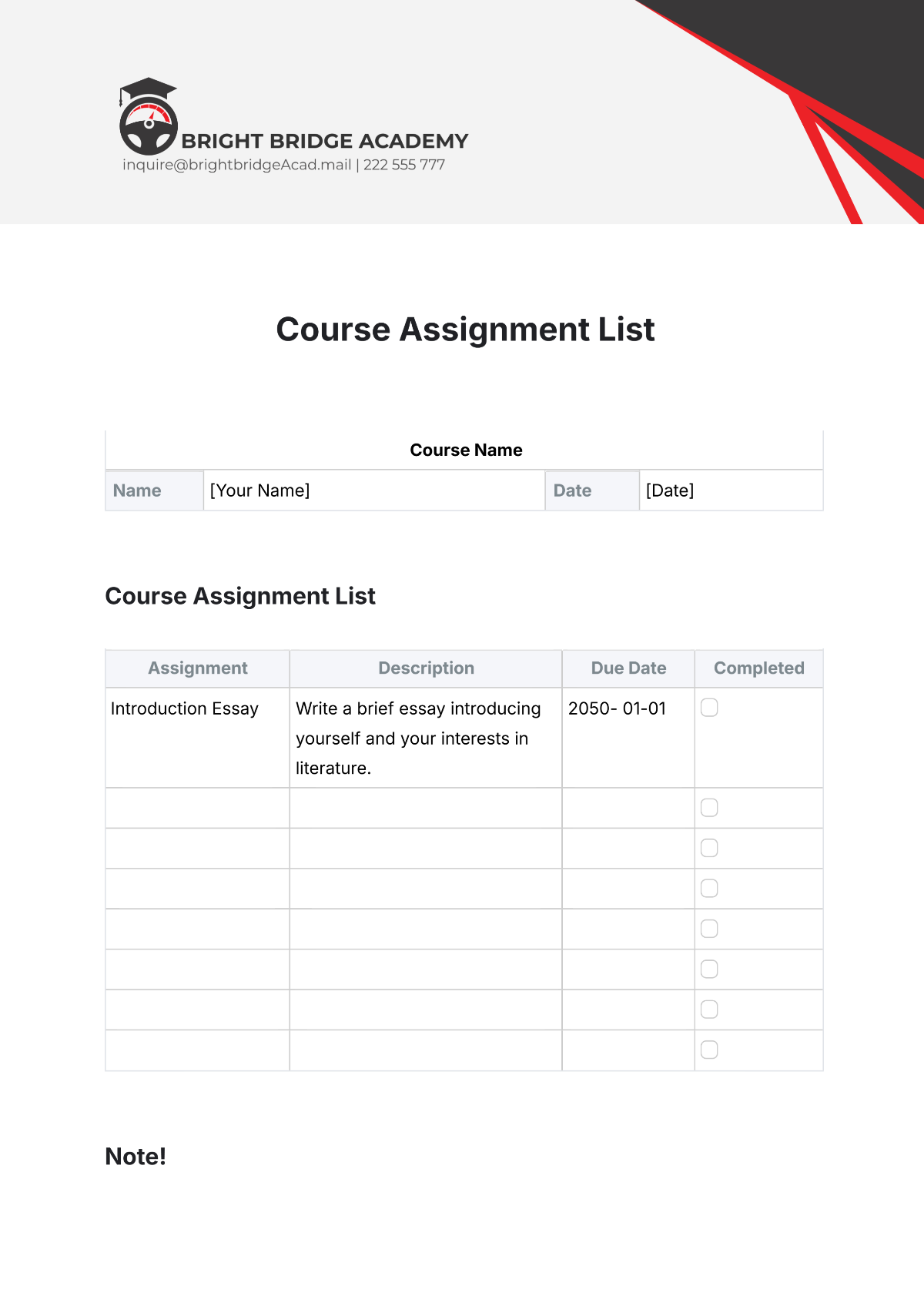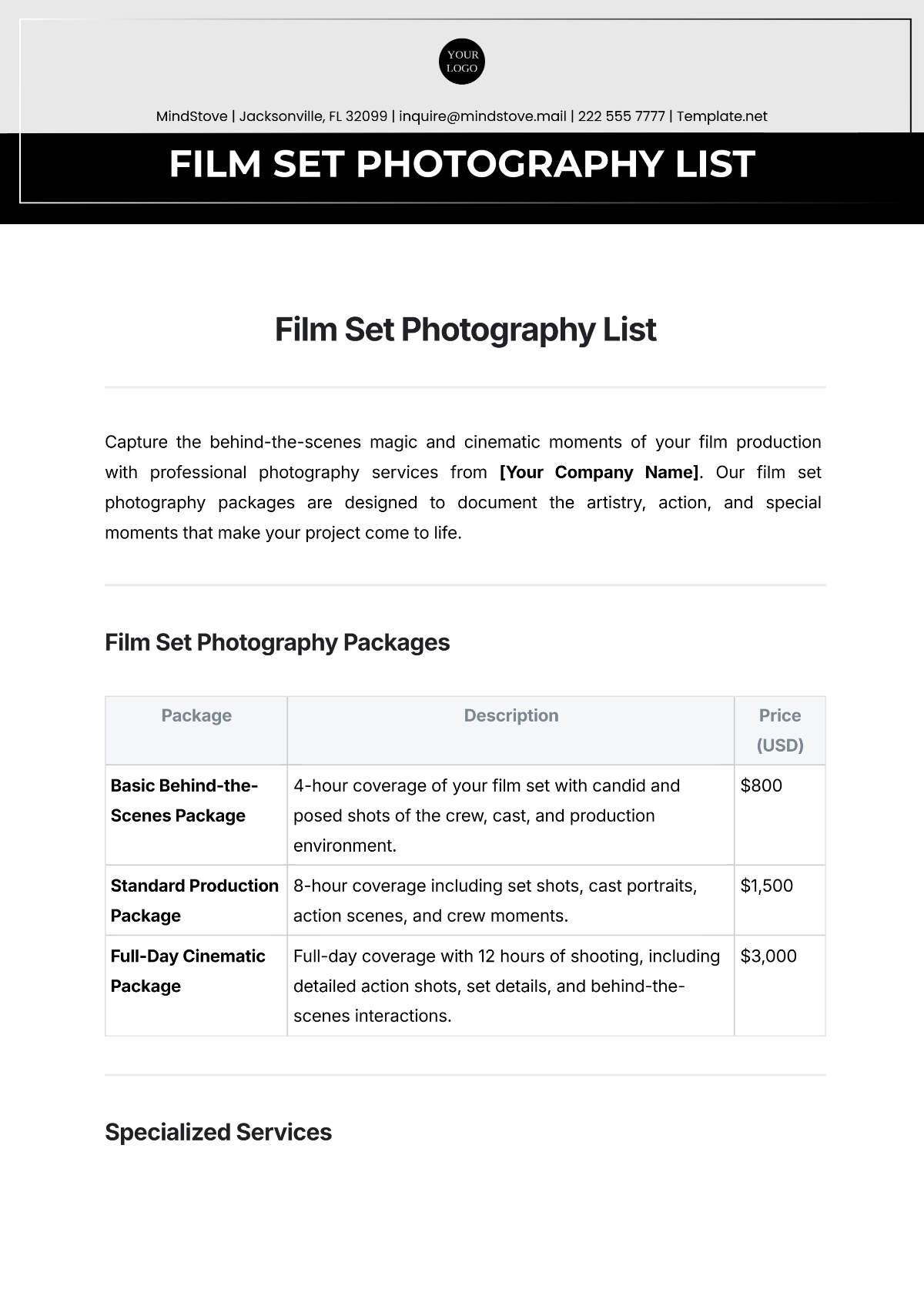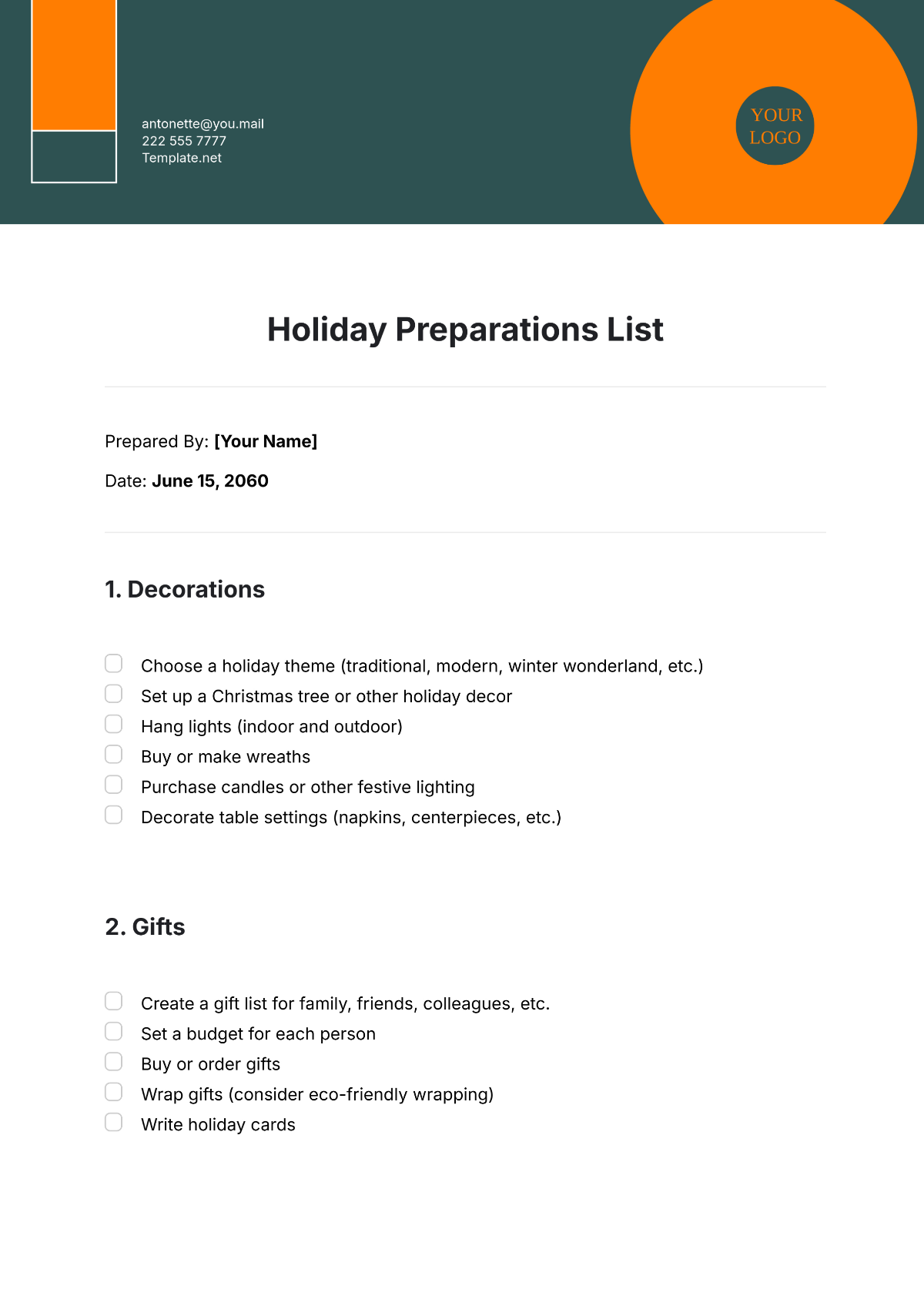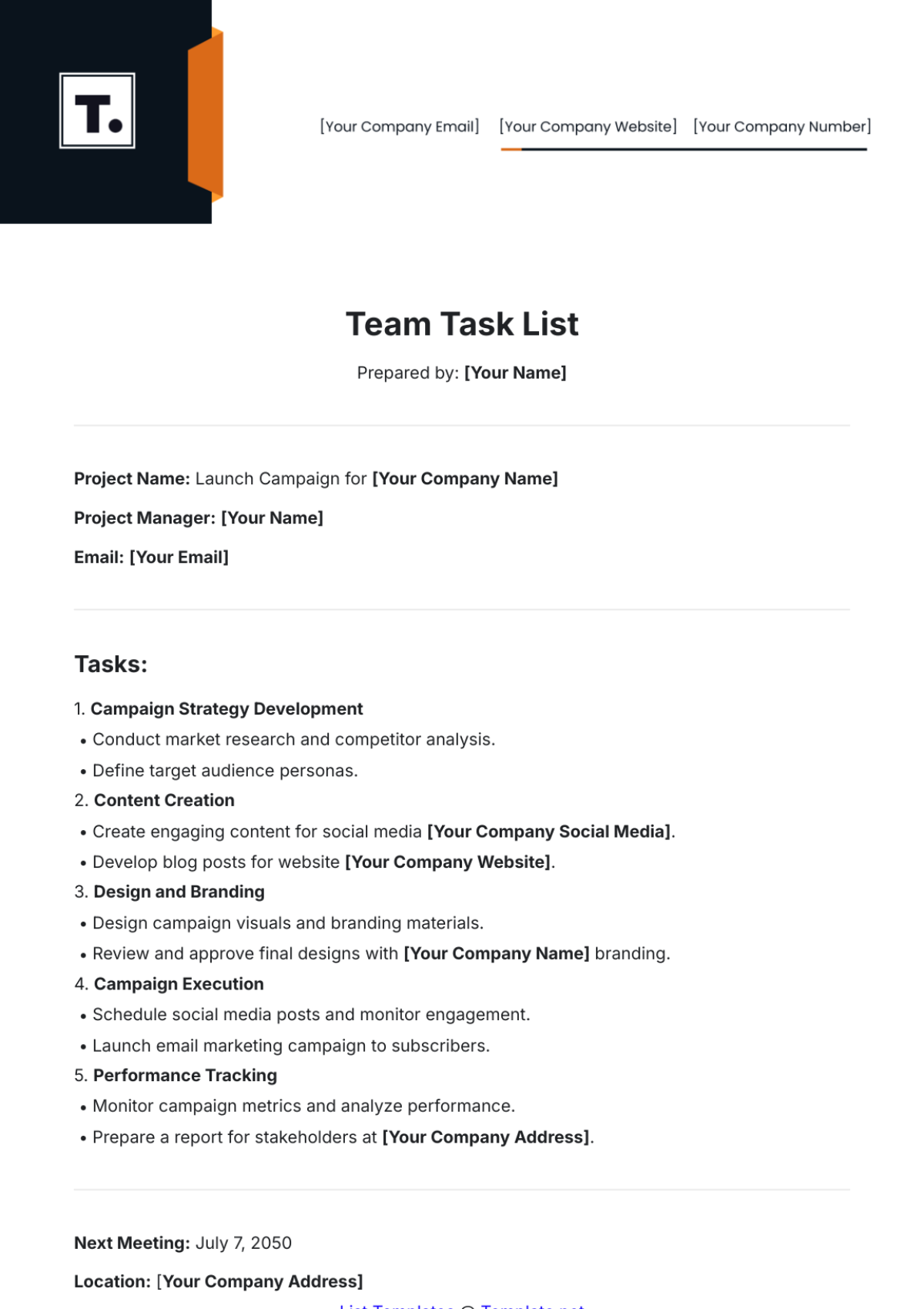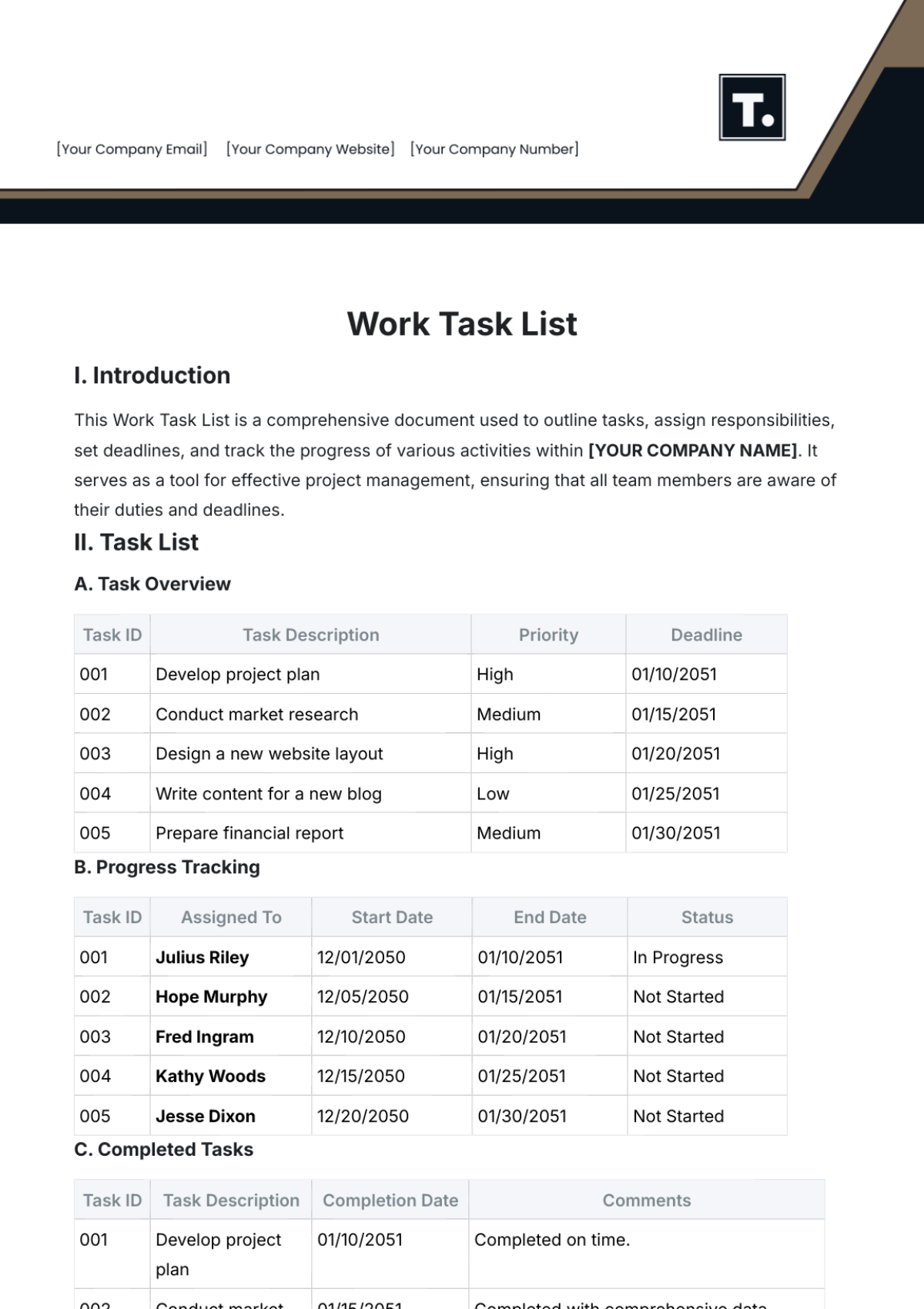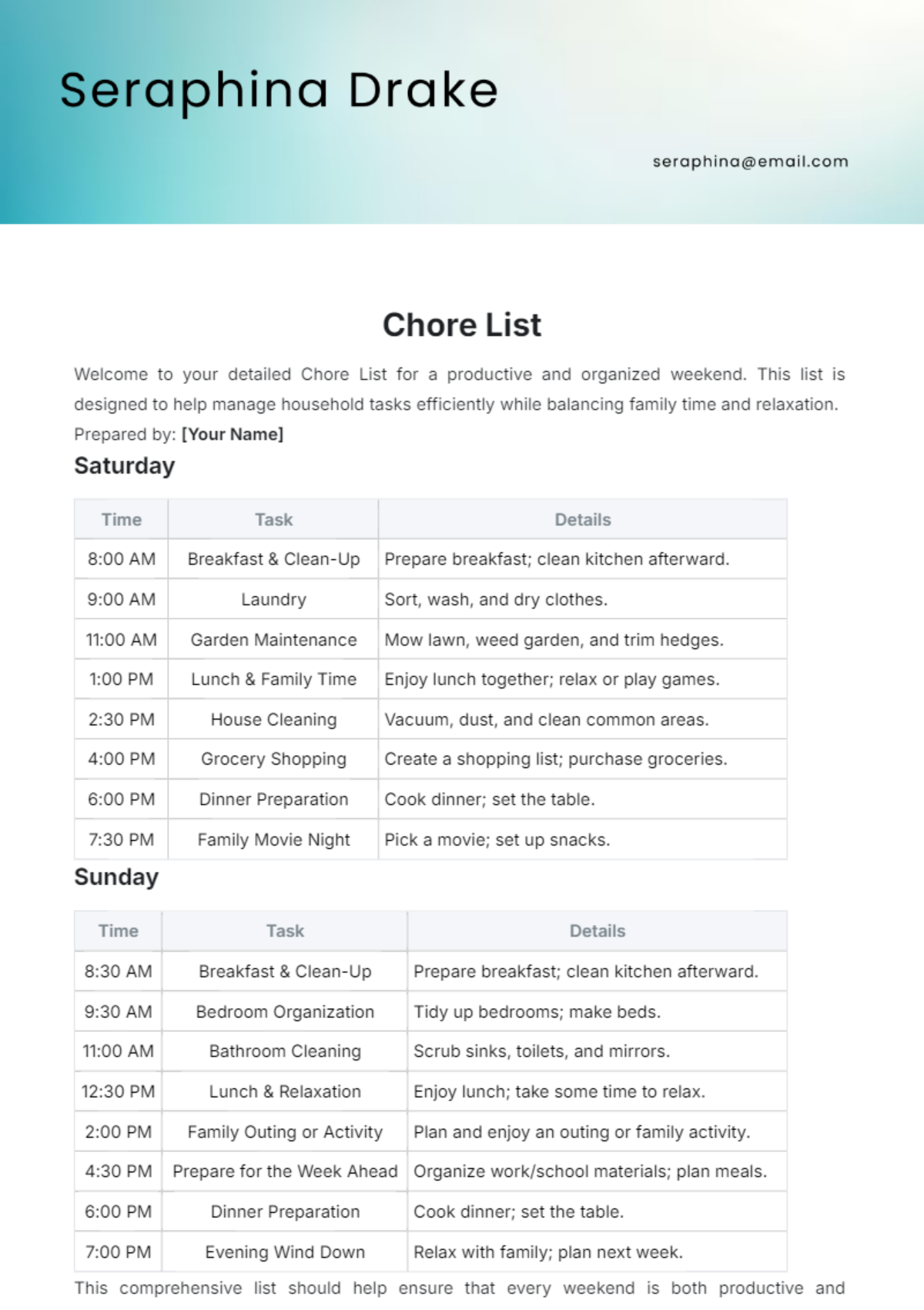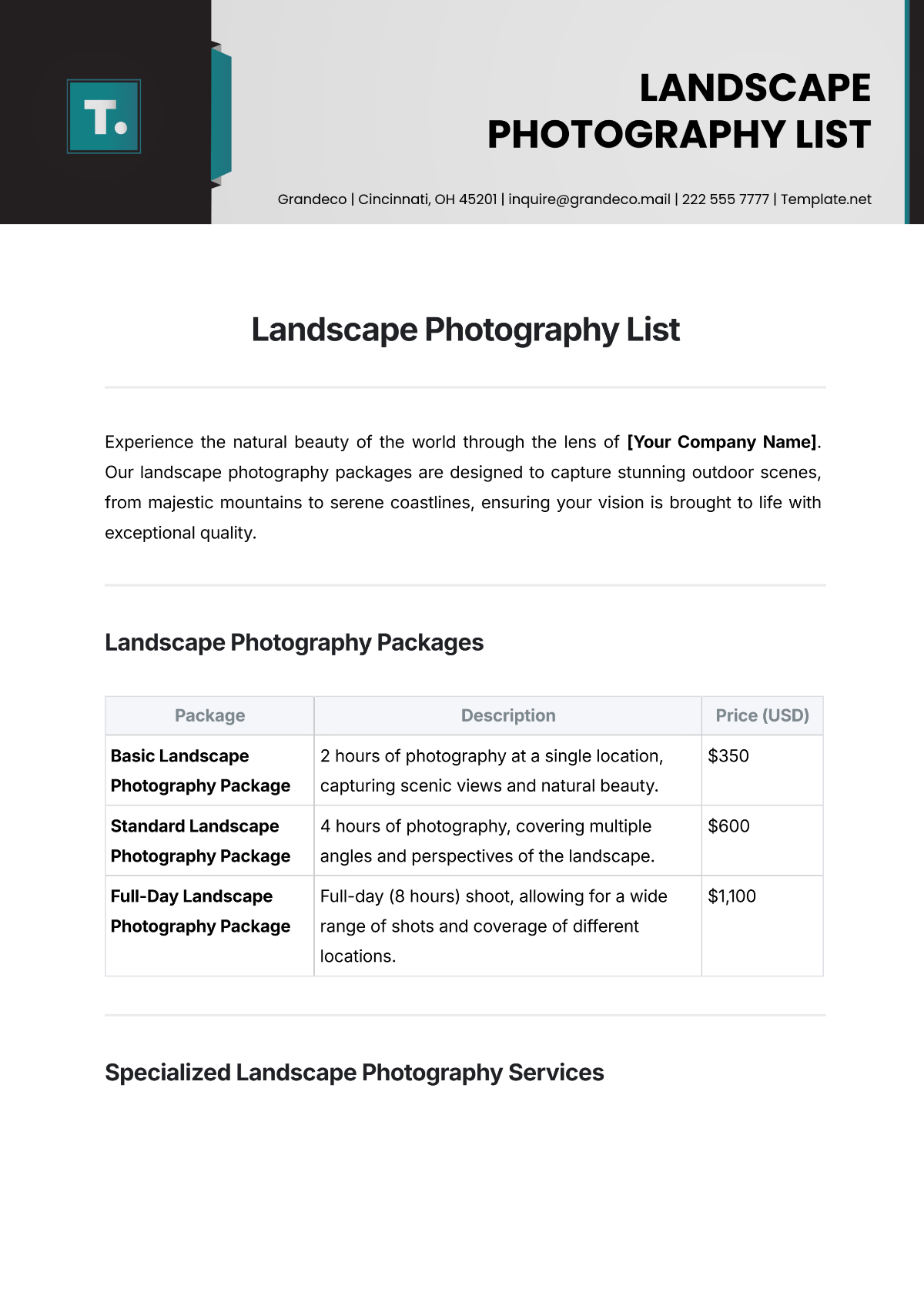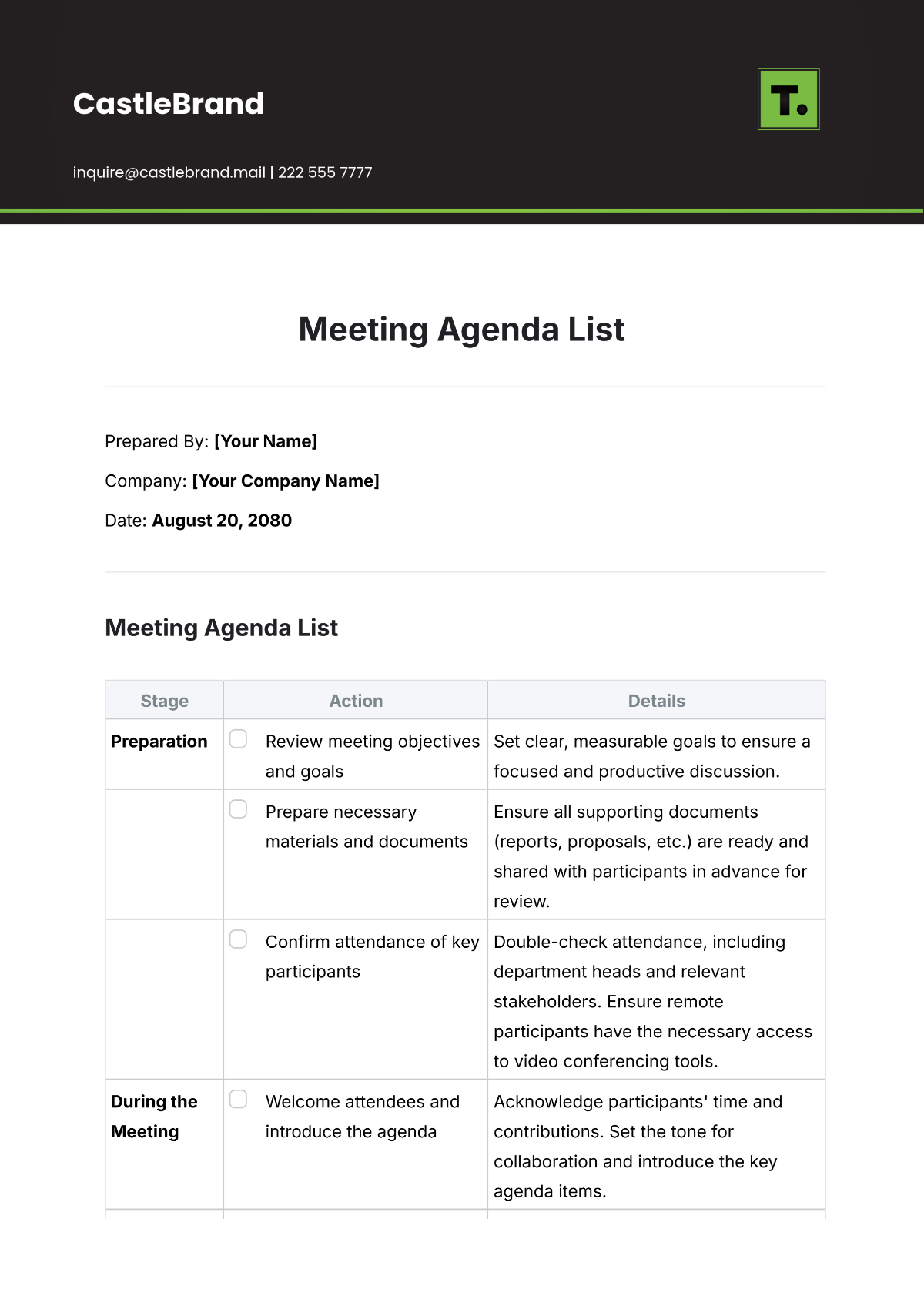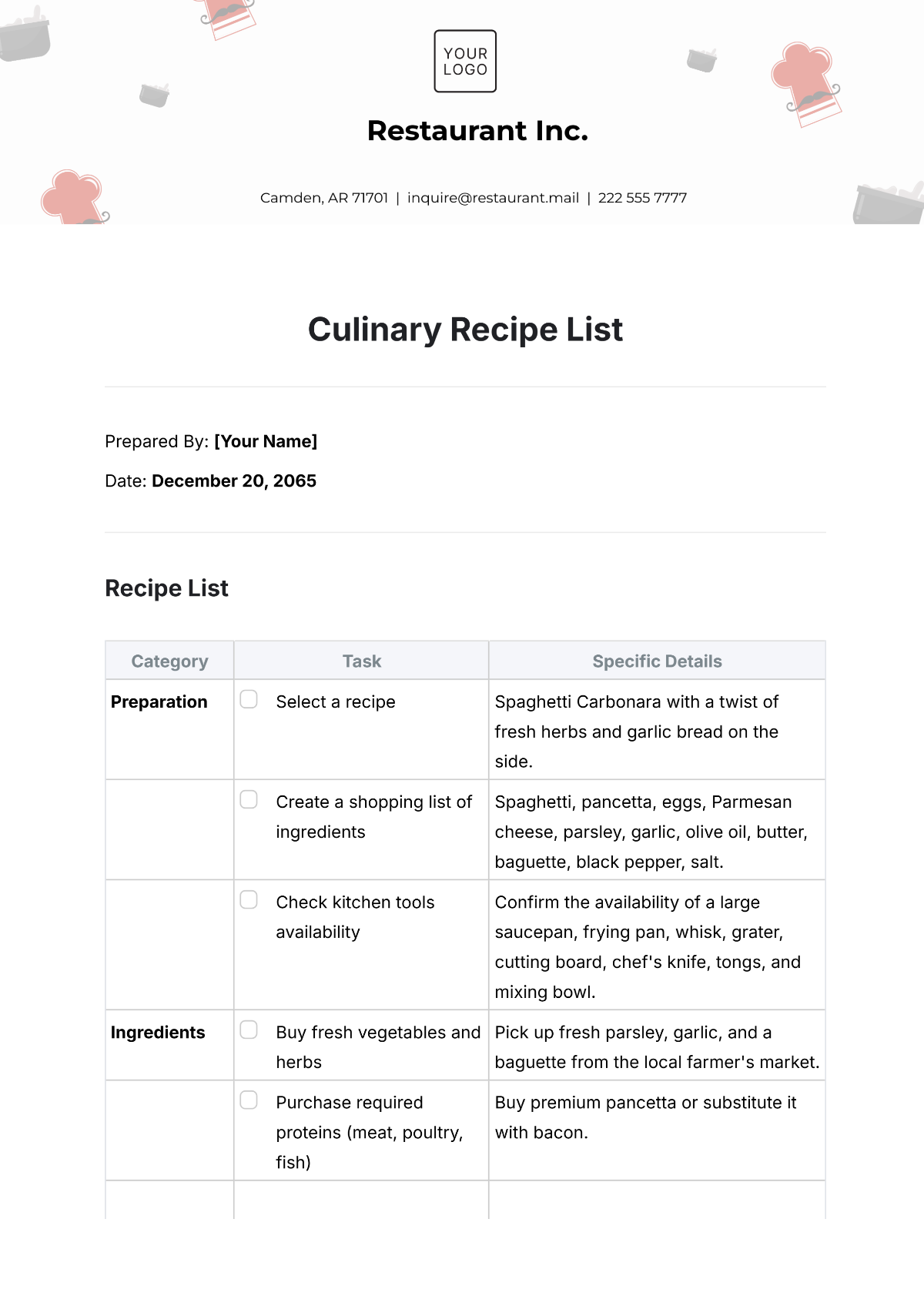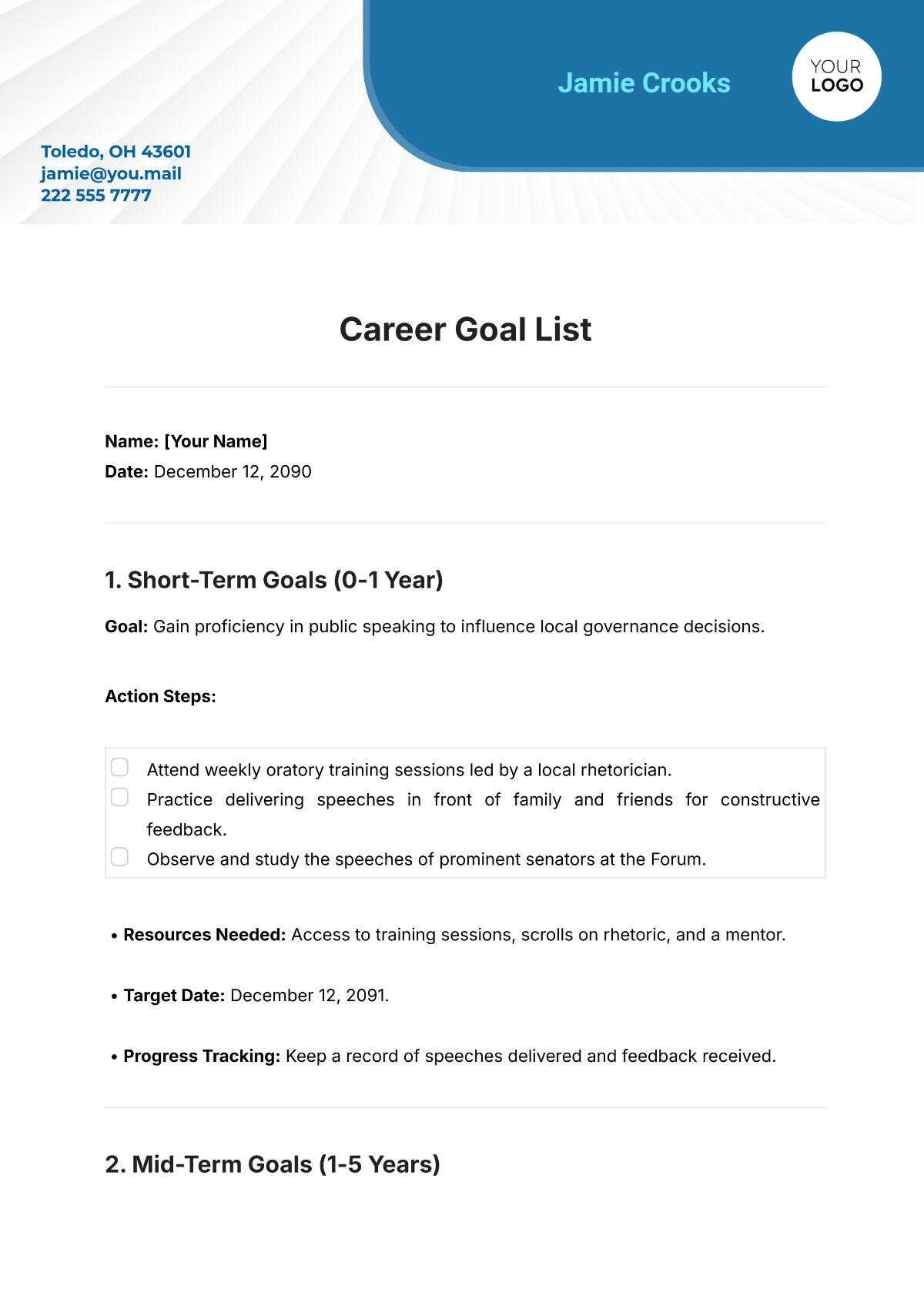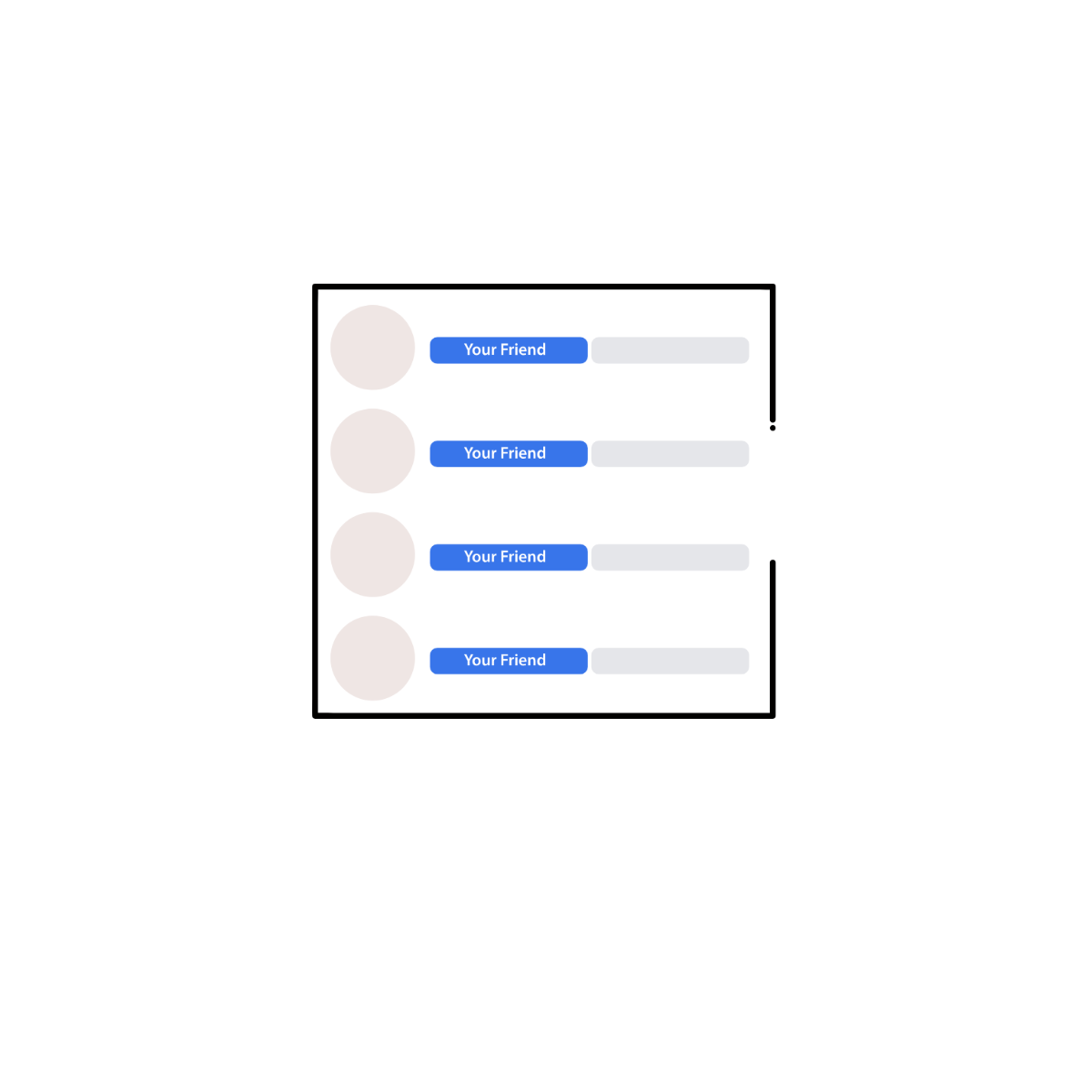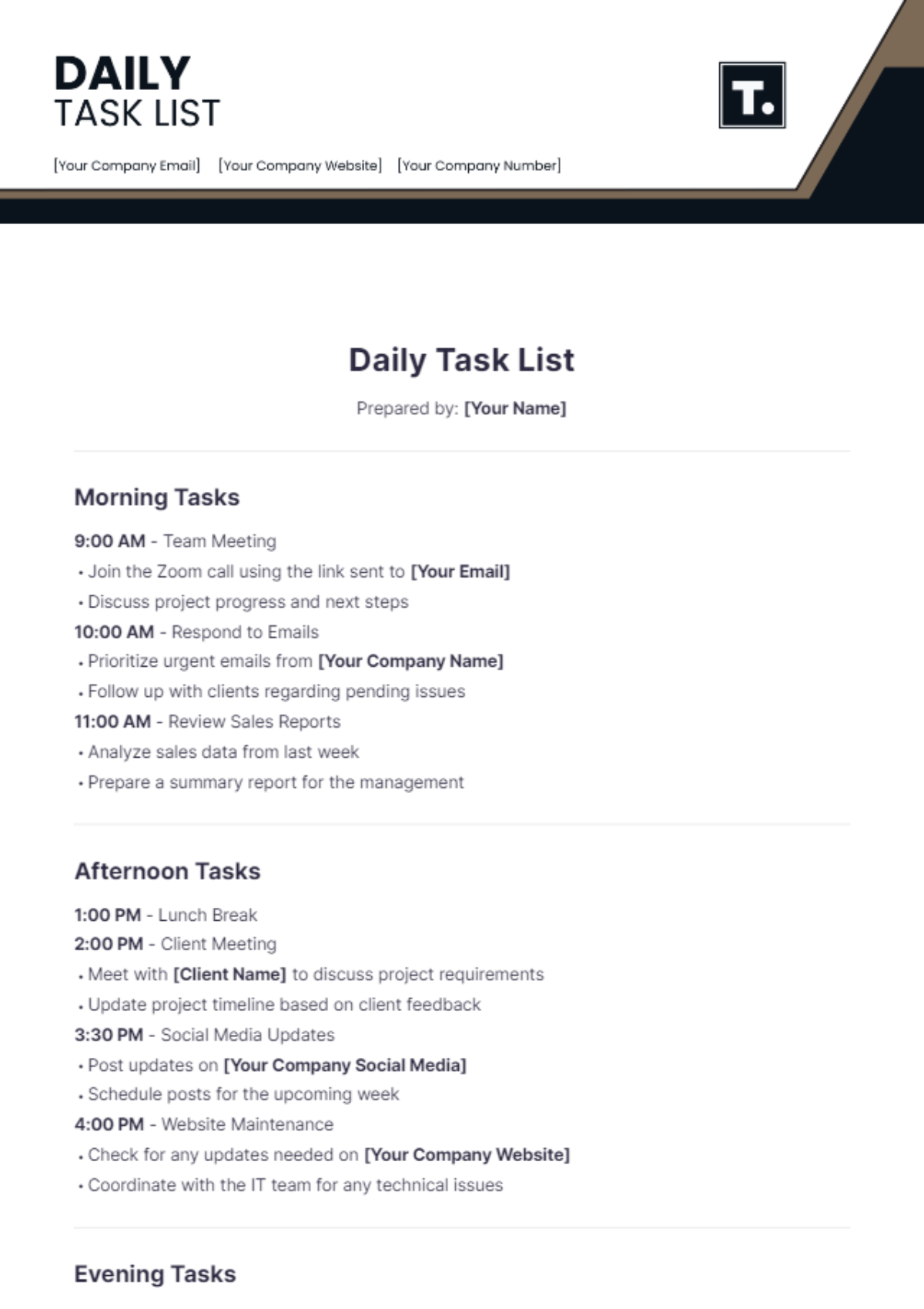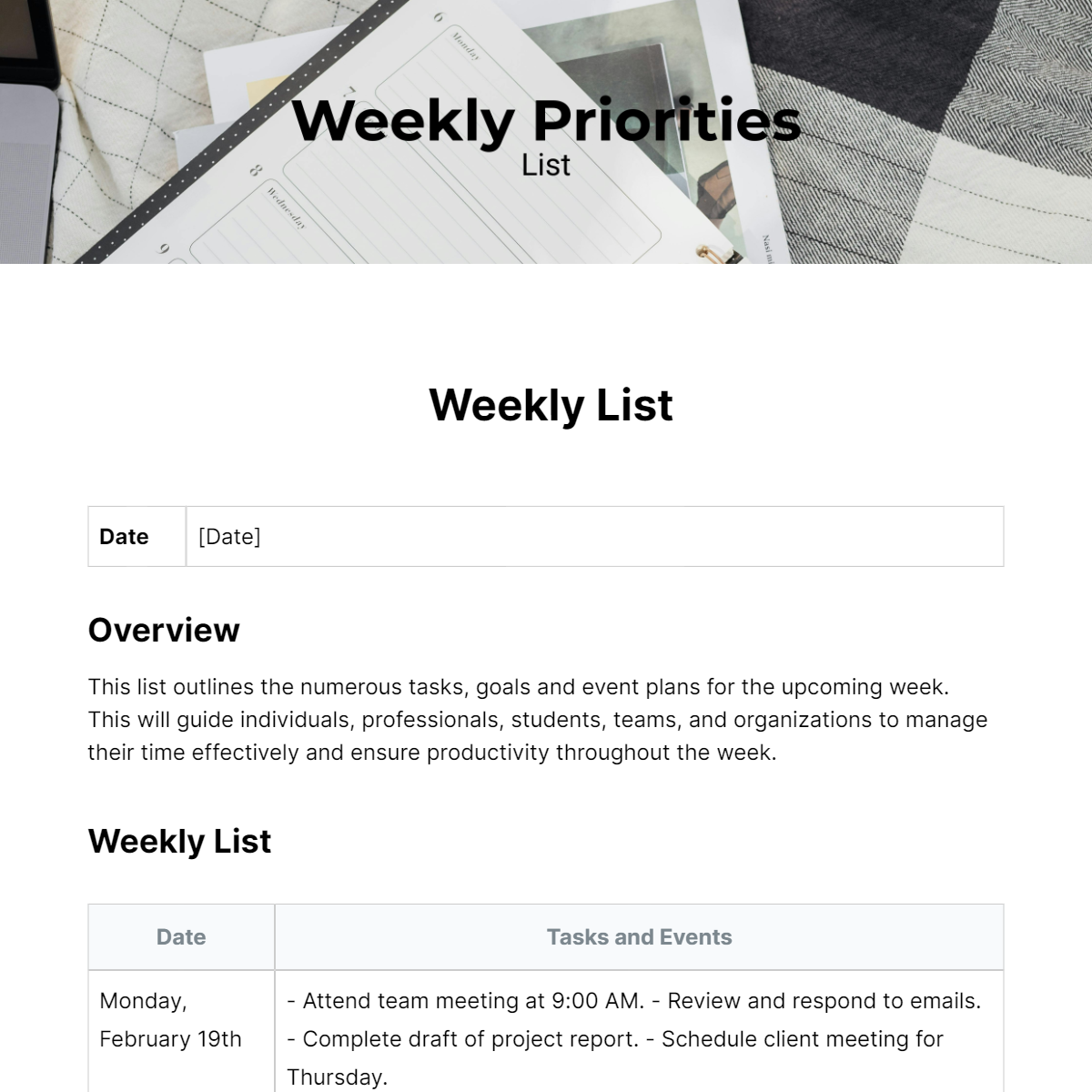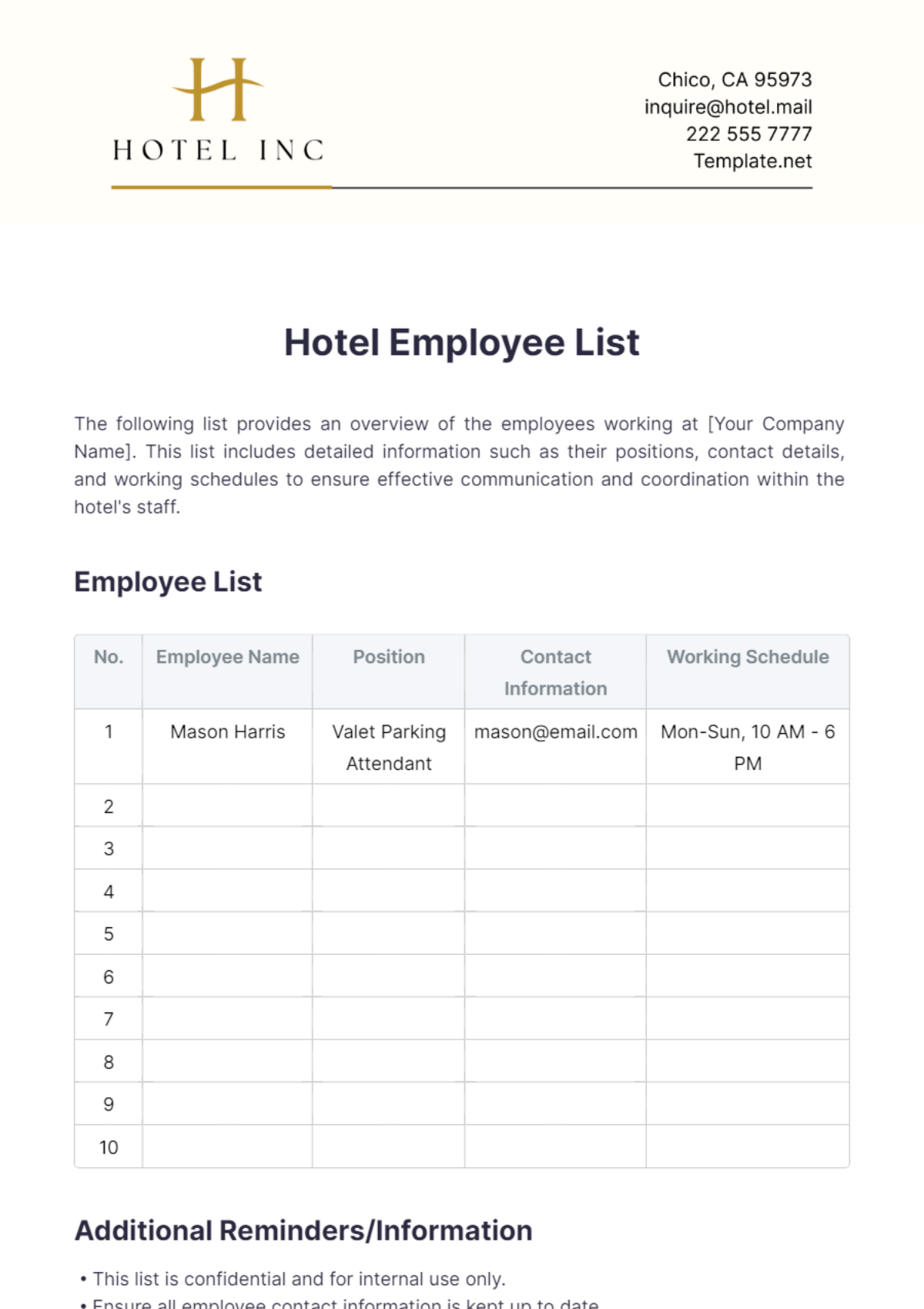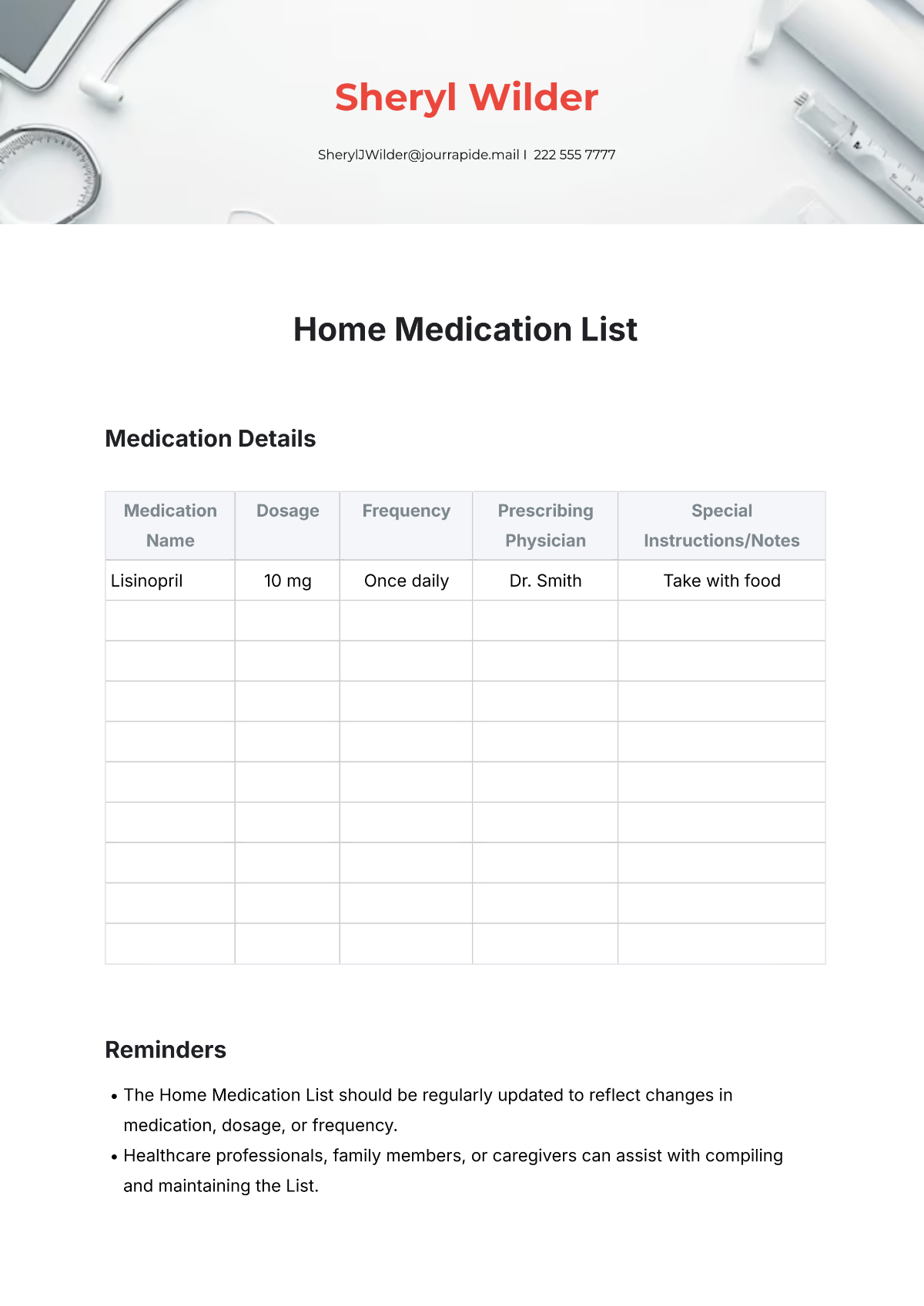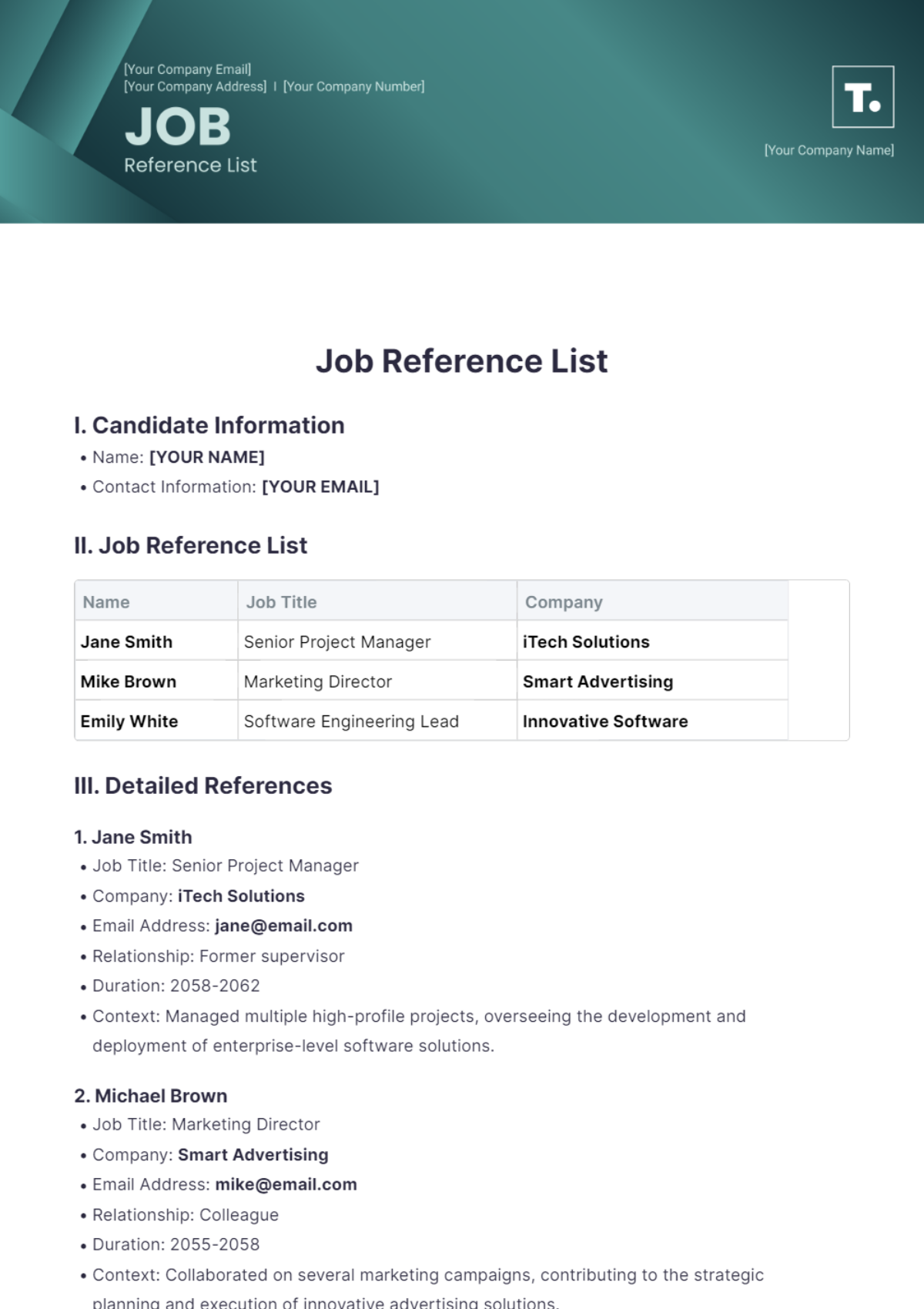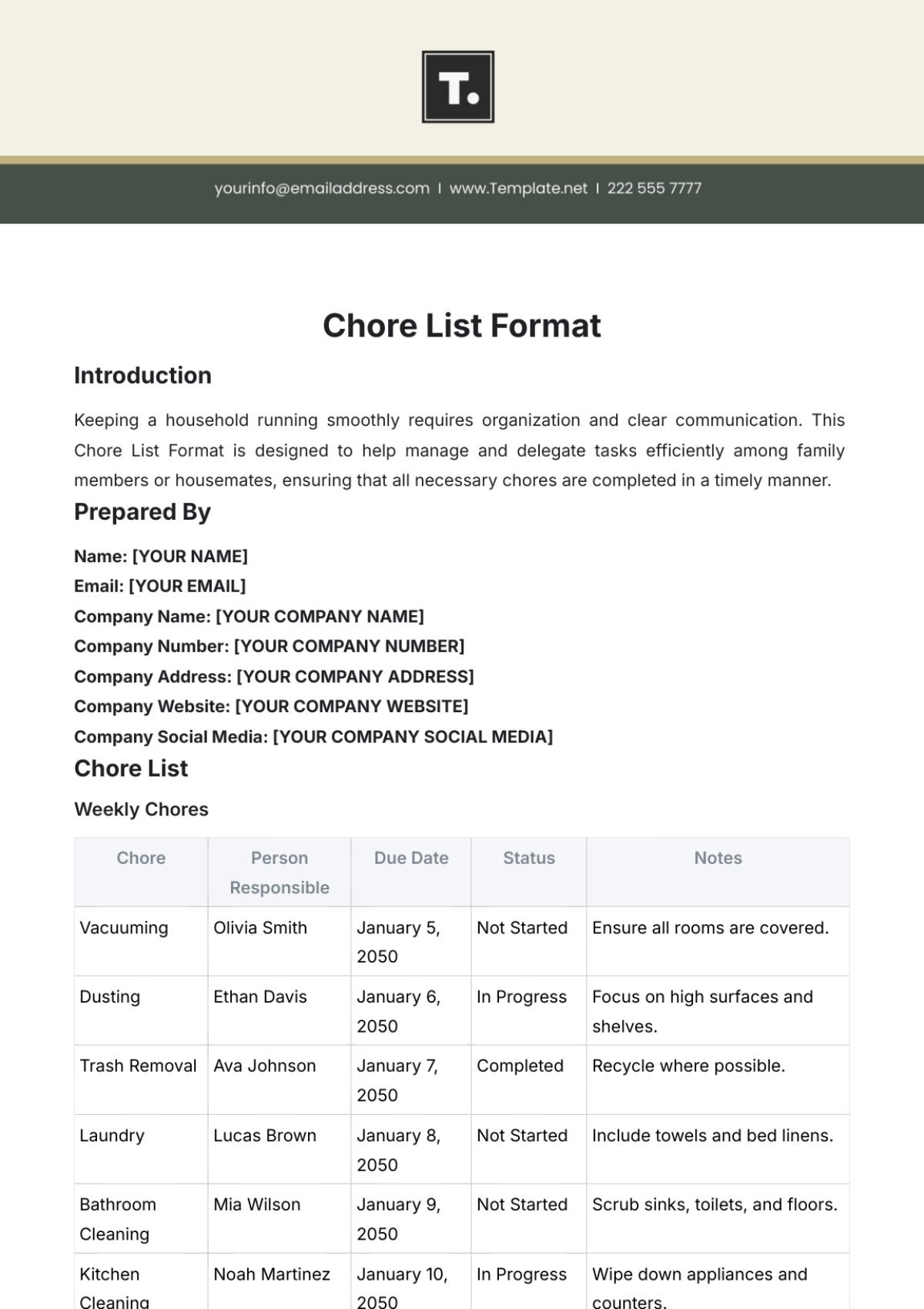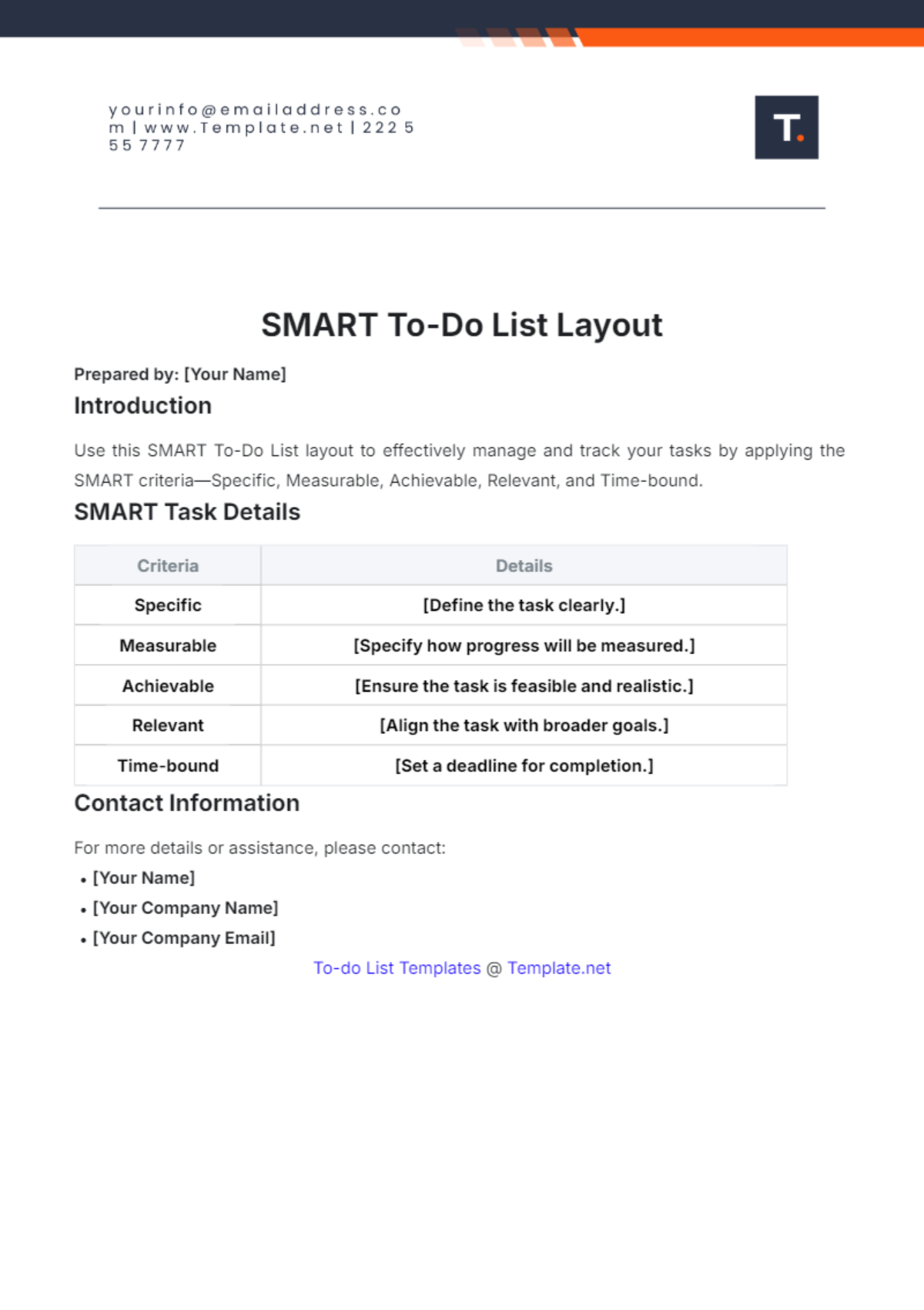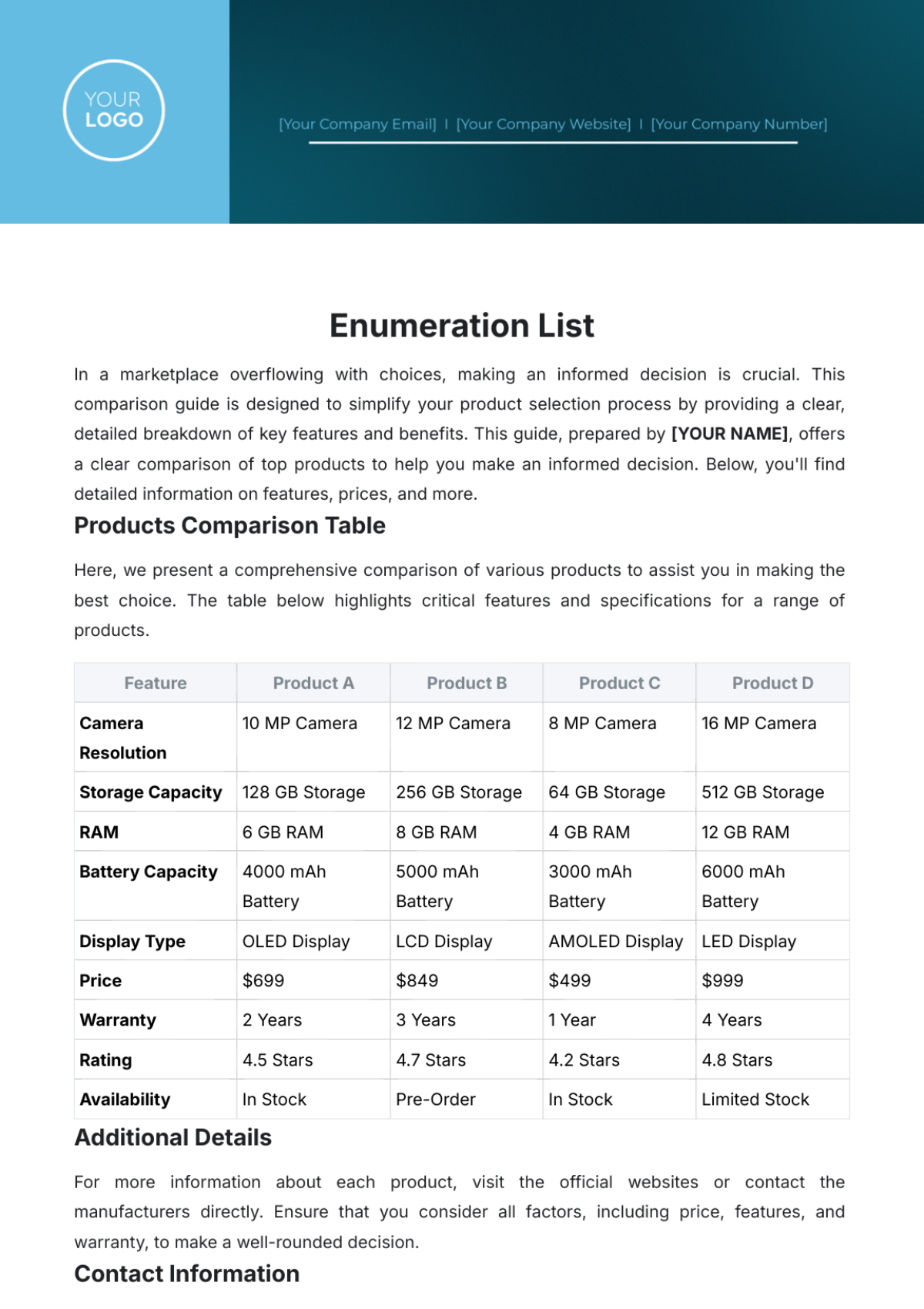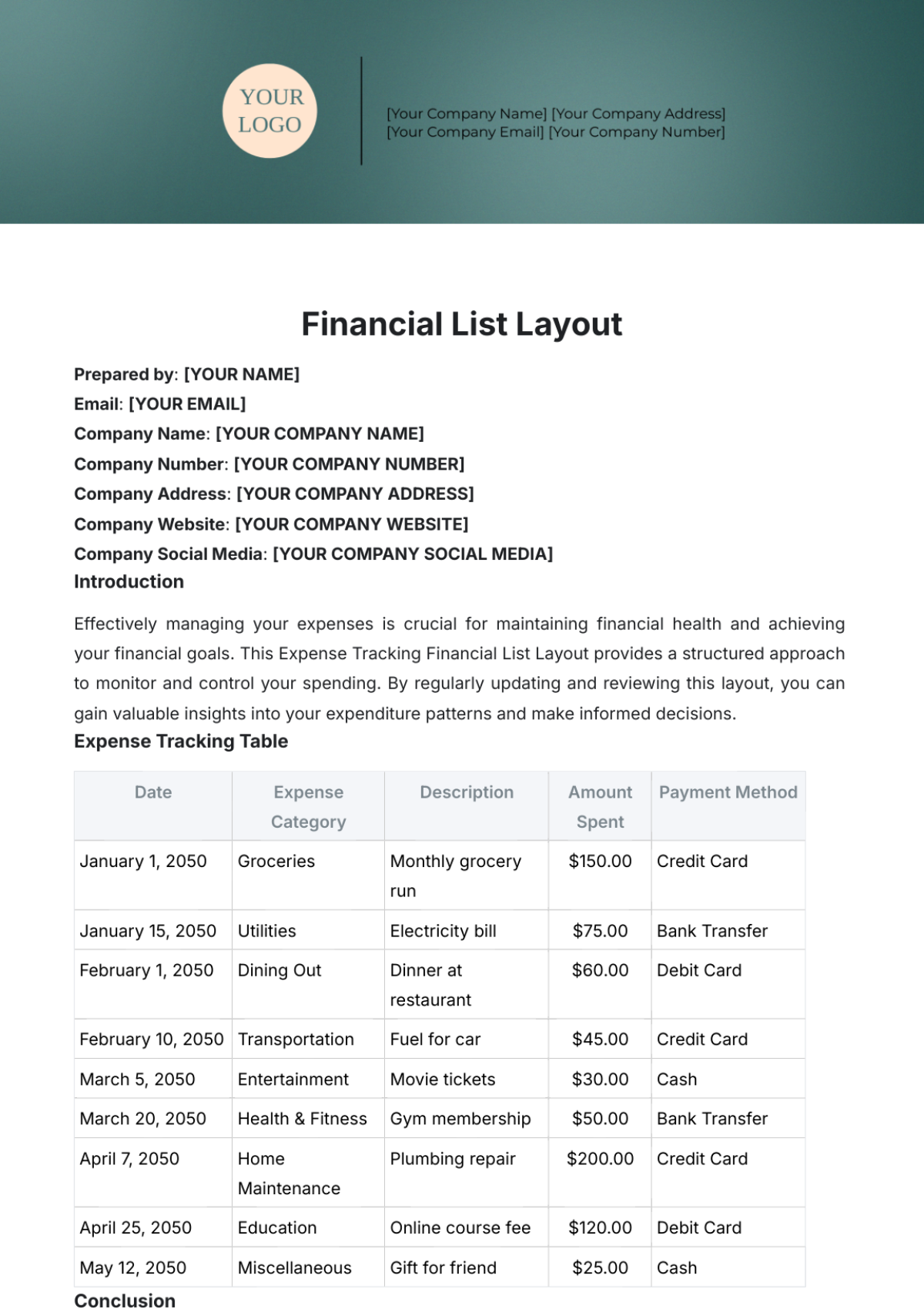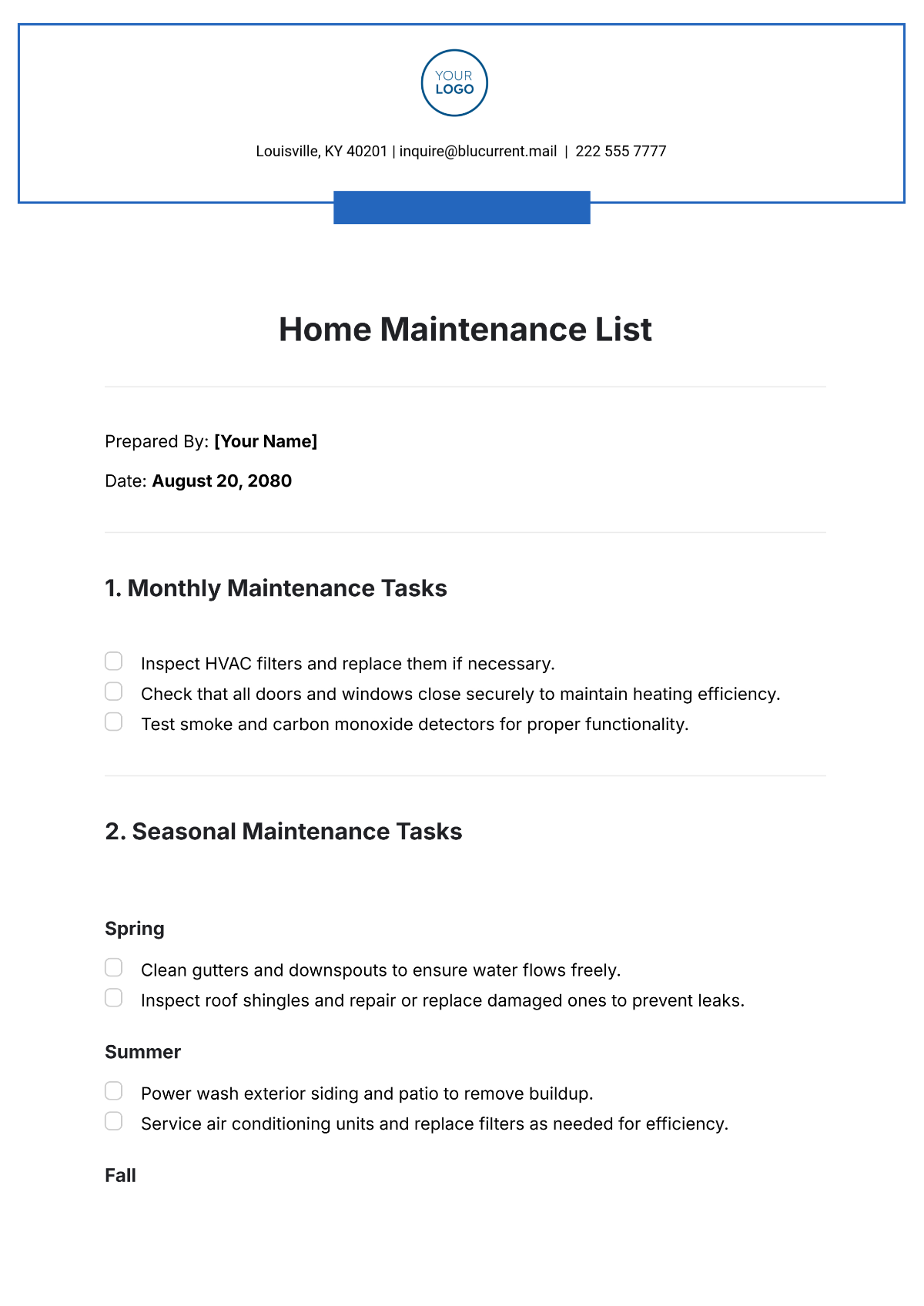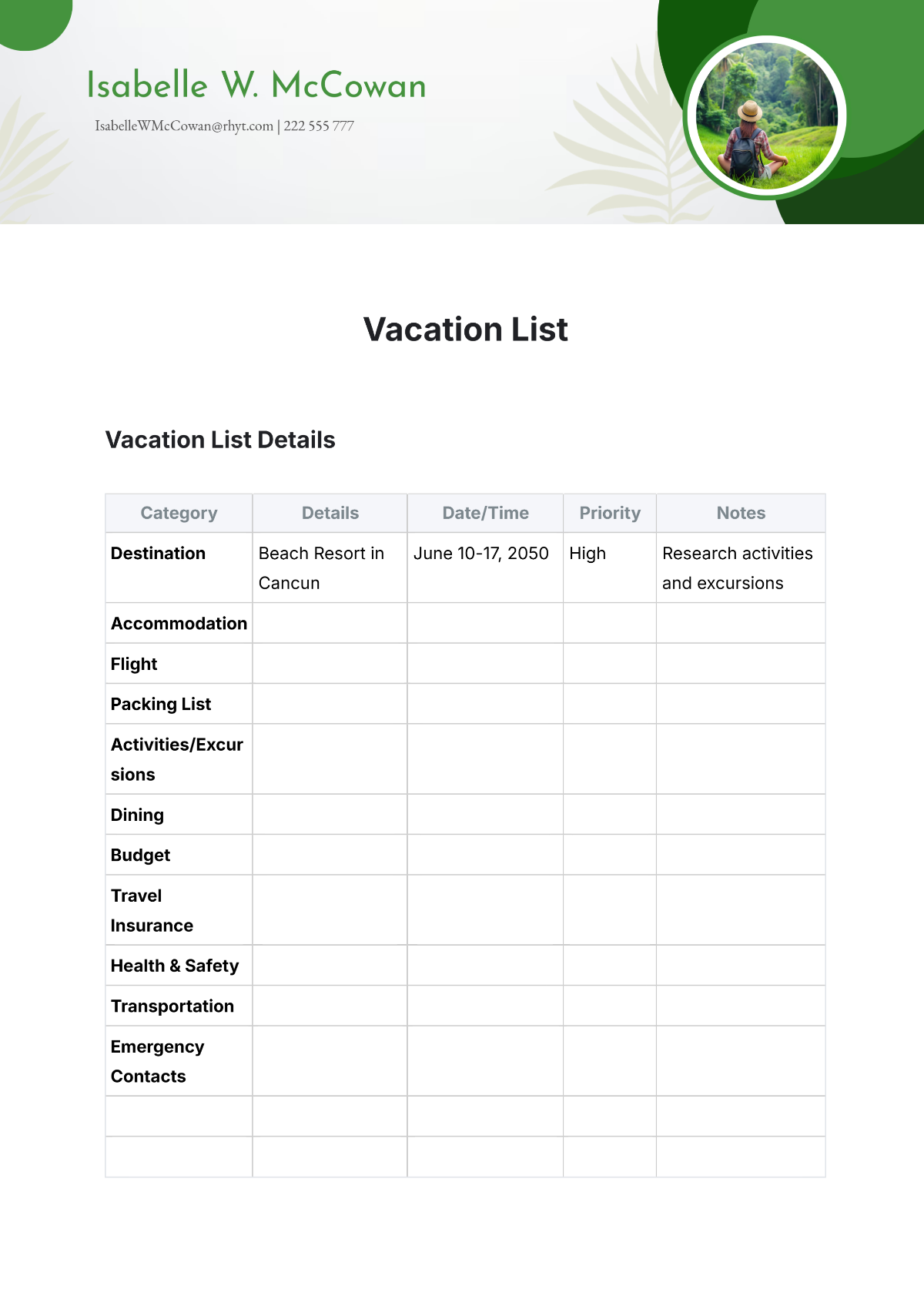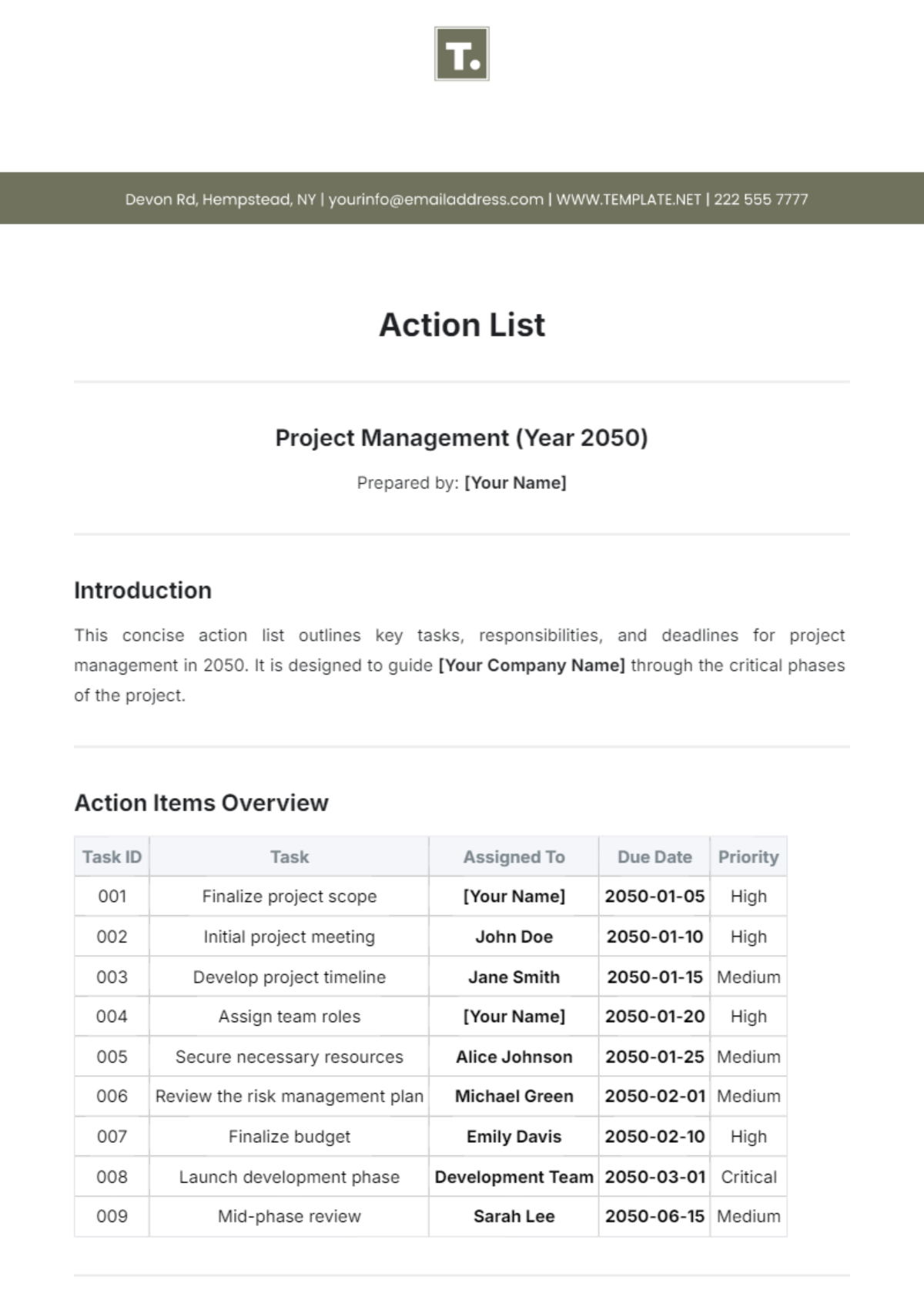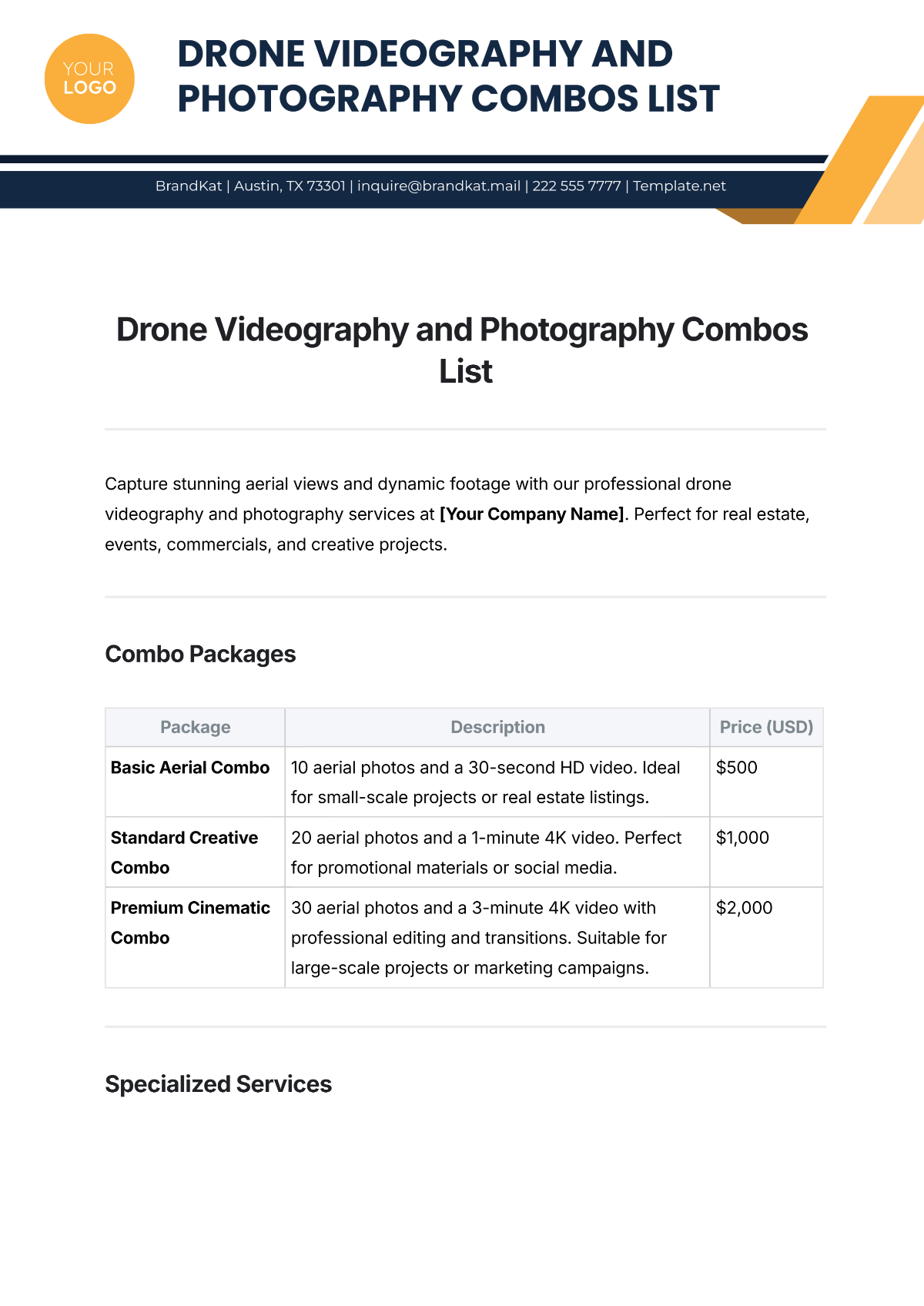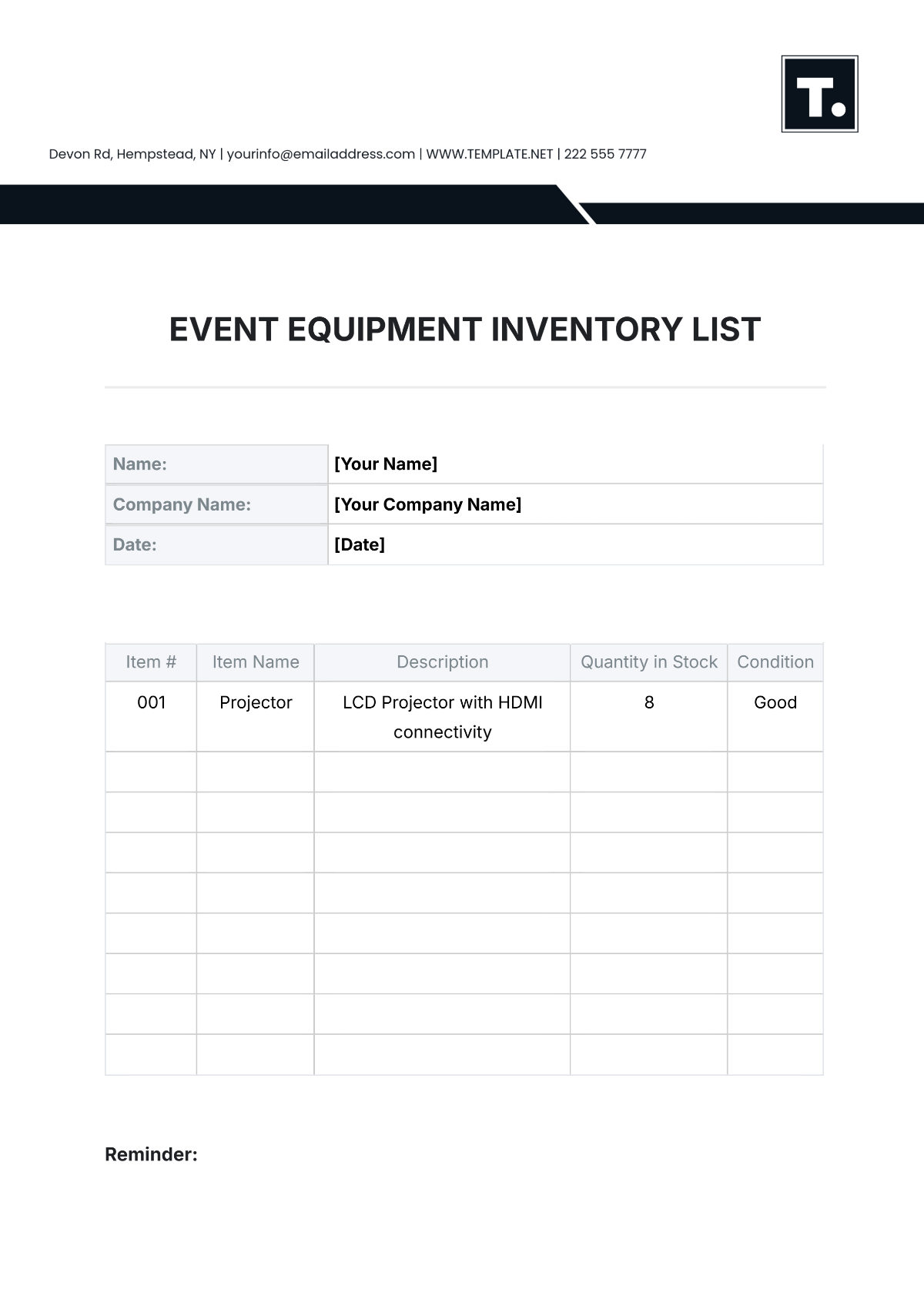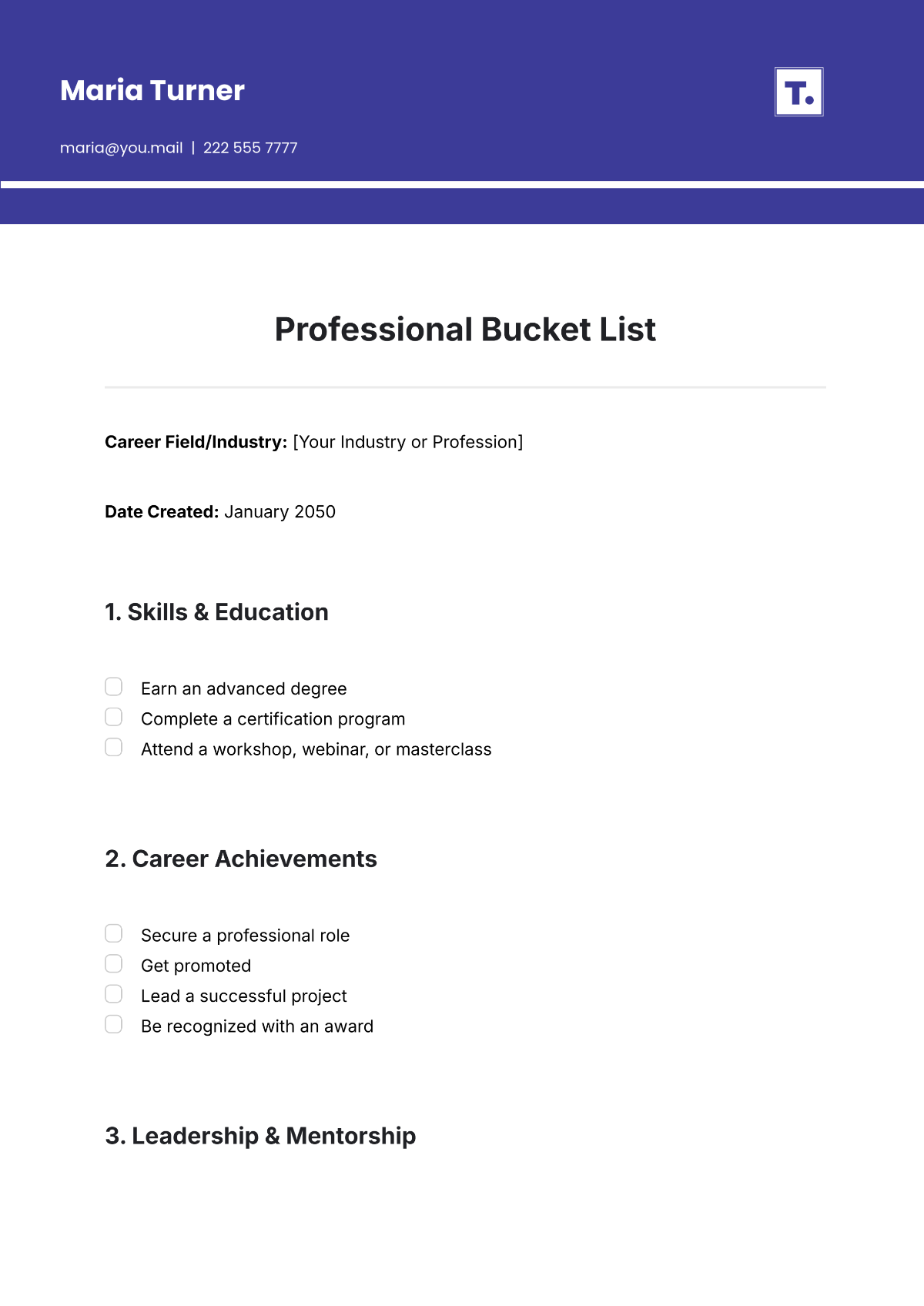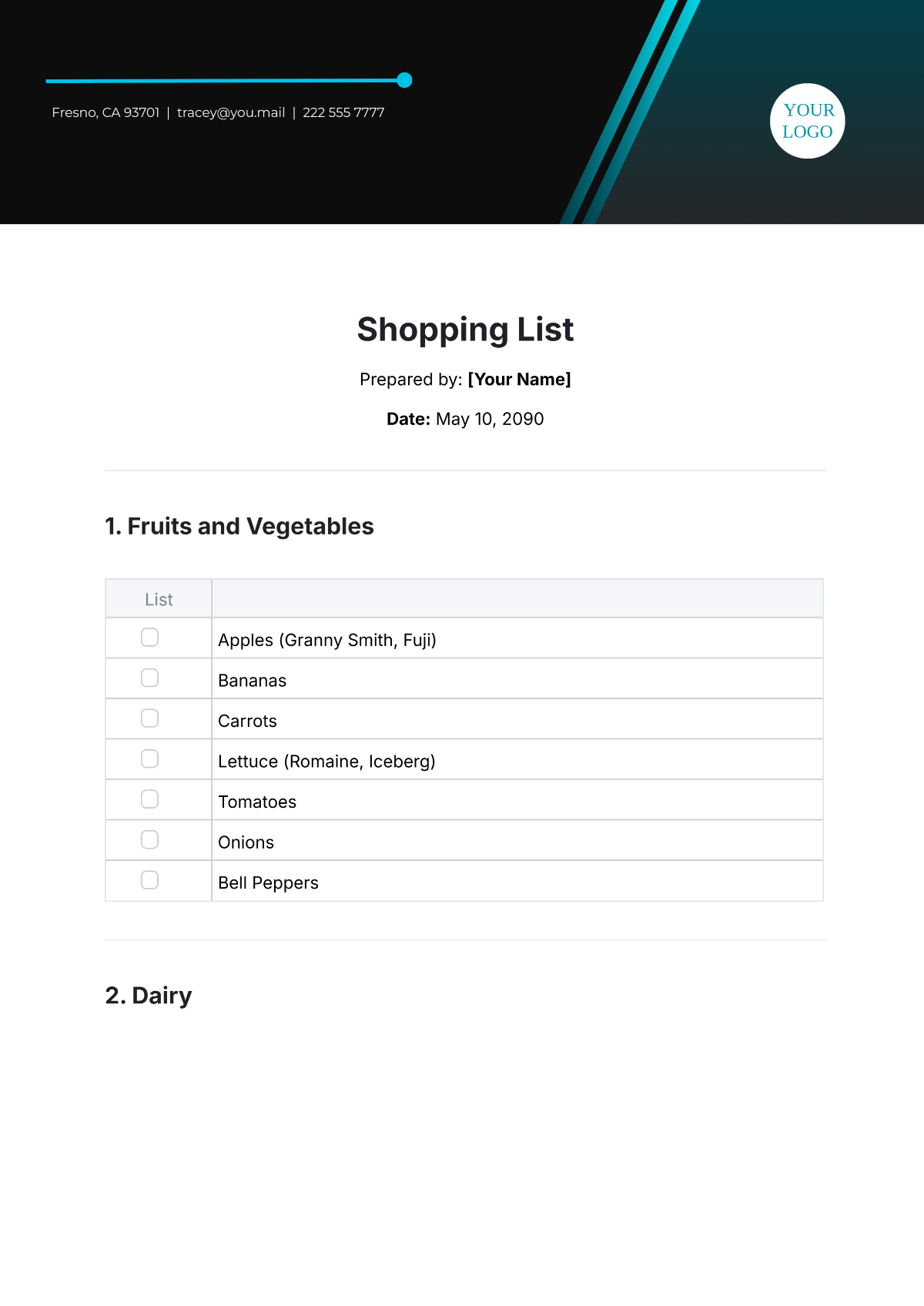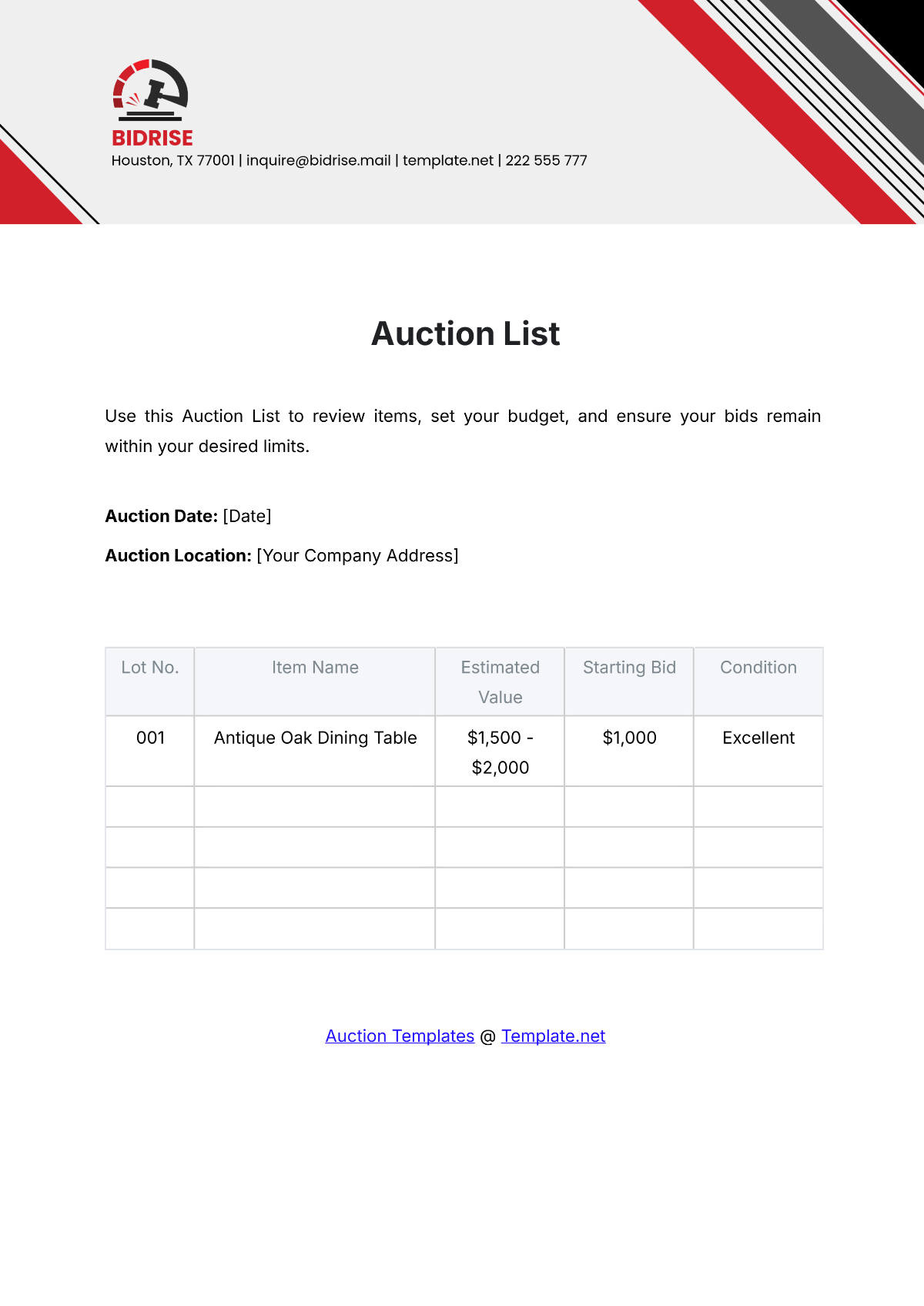Topic List
Name: | [YOUR NAME] |
Date: | [DATE] |
This list aids teachers in crafting topic lists for lesson planning to enhance student understanding step by step. It provides a detailed structure, including an introduction, learning objectives, essential questions, key concepts, main activities, required resources and materials, assessment strategies, differentiation, closure, and reflection. The tone used in this list is conversational, making it user-friendly for educators of all levels.
Section Title | Objective | Notes |
|---|---|---|
1. Introduction | Set the stage for the lesson | Briefly engage students, creating interest and relevance |
2. Learning Objectives | Clearly define what students should learn | Make objectives specific, measurable, and achievable |
3. Essential Questions | Pose questions to stimulate critical thinking | Encourage discussions and exploration |
4. Key Concepts | Identify core ideas for better understanding | Break down complex topics into manageable concepts |
5. Main Activities | Plan engaging activities for hands-on learning | Ensure activities align with learning objectives |
6. Resources and Materials | List necessary materials and resources | Keep it accessible and budget-friendly |
7. Assessment Strategies | Evaluate student understanding | Include formative and summative assessment methods |
8. Differentiation | Address diverse learning needs | Offer varied tasks and support options |
9. Closure | Summarize key points and connect to objectives | Reinforce learning and set the stage for the next lesson |
10. Reflection | Encourage self-reflection for both teachers and students | Assess the effectiveness of the lesson and adjust accordingly |
Additional Notes:
Customize each section based on the specific topic and class. Keep language clear, concise, and student-friendly.
Regularly revisit and update your topic lists for continuous improvement.
This integrated approach allows for a compelling narrative that enhances and embodies the brand's unique identity.
